From Guatemala to Lisbon: A Cross-Cultural Perspective on Landscape and Memory
Born in Guatemala in 1991 and based in Lisbon since 2010, Stefanie Pullin brings a rare visual language to the world of contemporary painting.
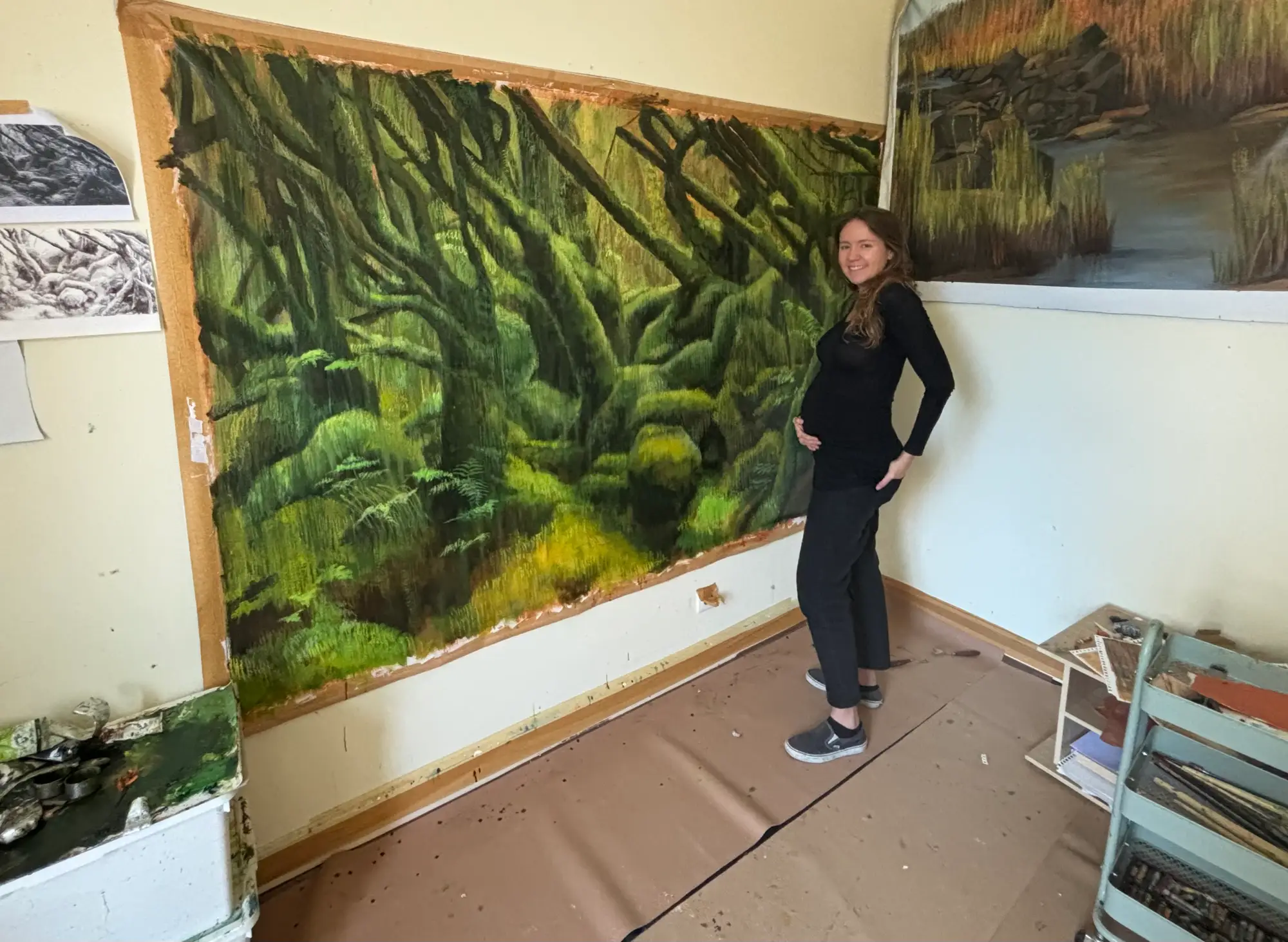

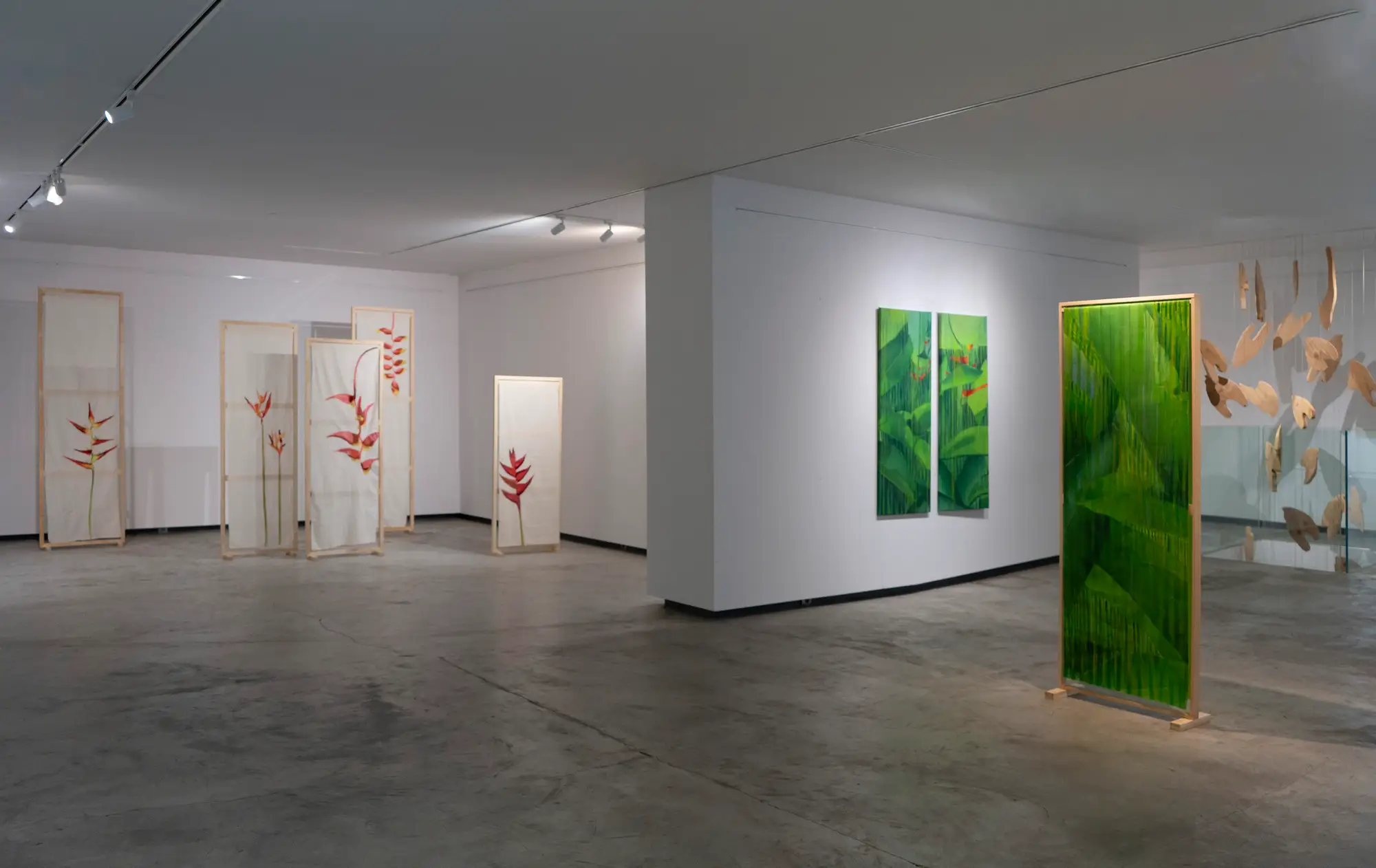
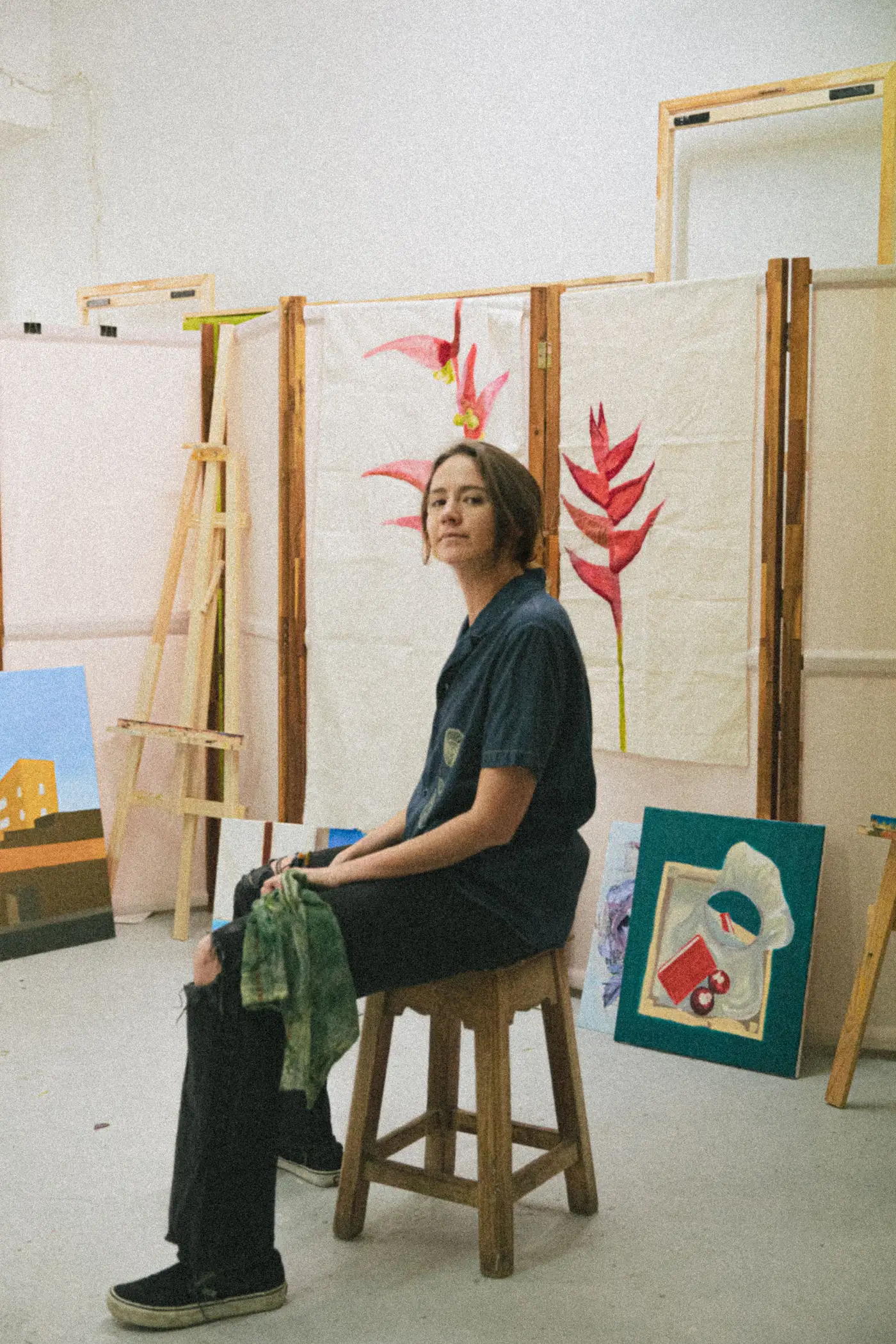
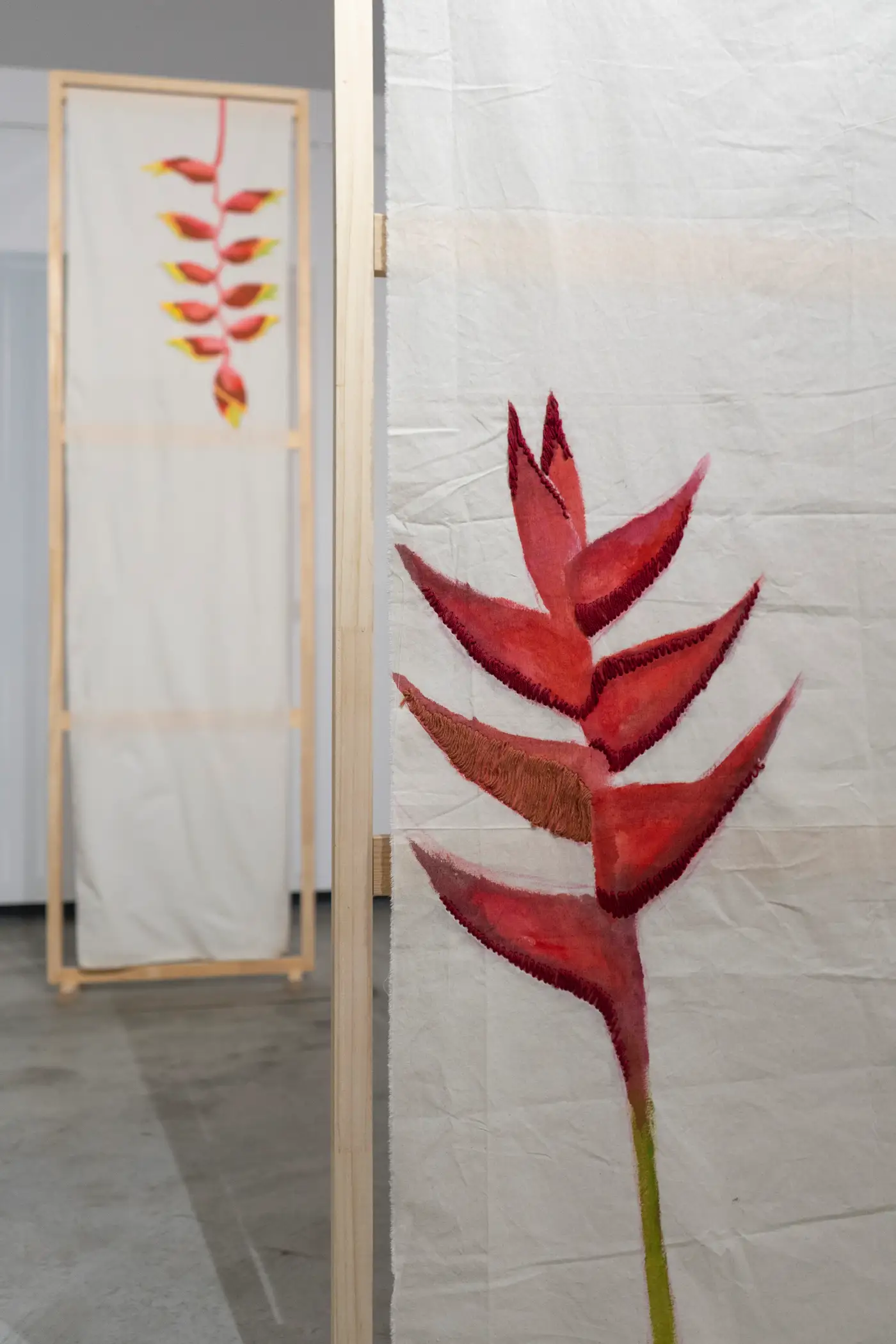
Stefanie Pullin in her Lisbon studio A glimpse into the process behind works like Inferno Verde / Paraíso Perdido — where intuition, memory, and botanical mythologies converge. Her practice unfolds slowly: one brushstroke, one threshold at a time. Image courtesy of Stefanie Pullin. Used with permission
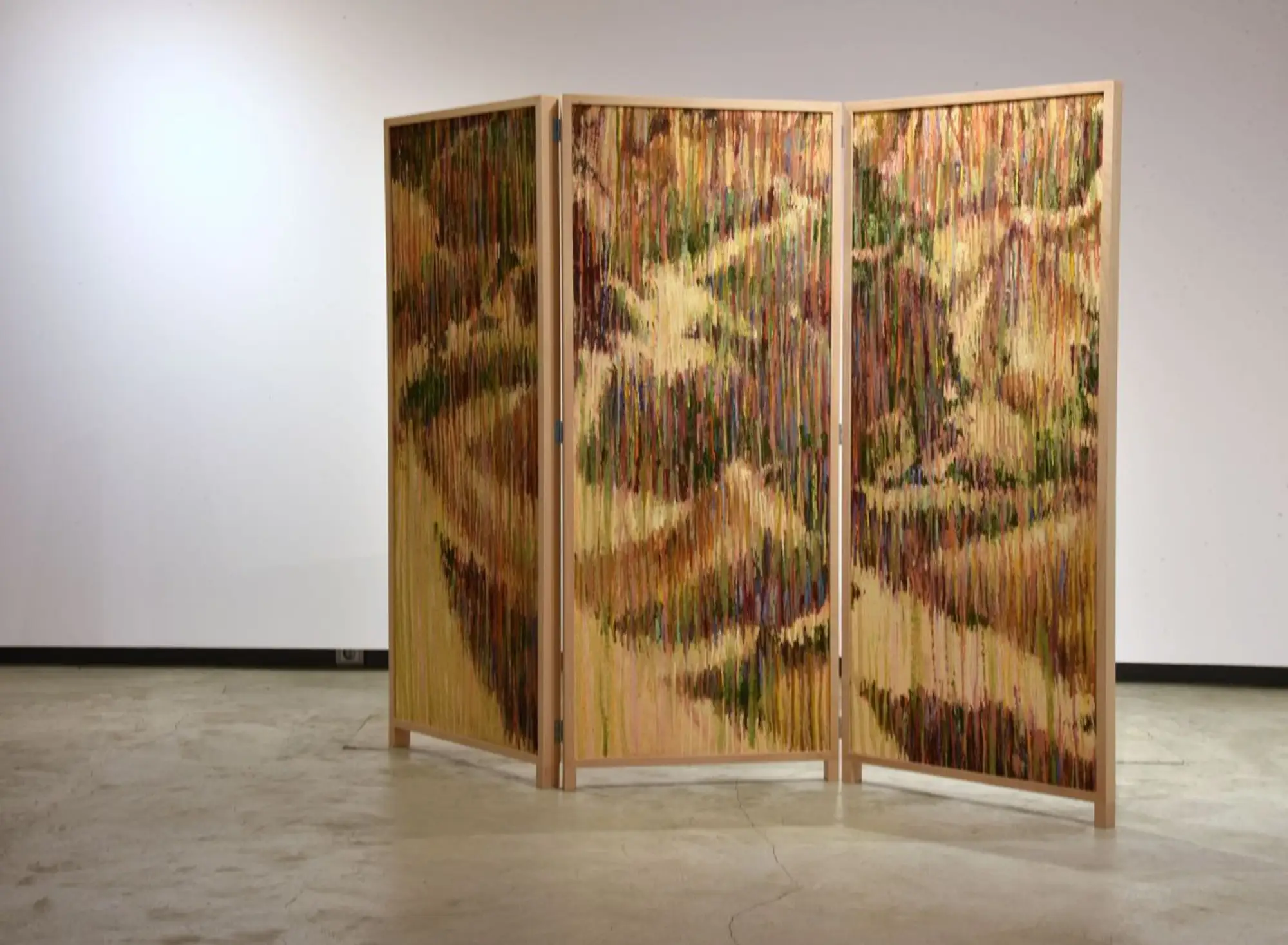
Her works don’t just depict nature—they listen to it. Educated at Ar.Co Academy and the University of Fine Arts in Lisbon, with further studies at the University of Paris, Pullin merges Central American sensitivity with European art education, forming a uniquely reflective visual practice.

Stefanie Pullin on Artsy
Her paintings unfold like whispered memories—lush, layered, often haunting. Whether she’s working on large-format oil paintings, installations, or visual diaries, the recurring question in her work is: what does it mean to truly see the natural world, rather than just observe it?
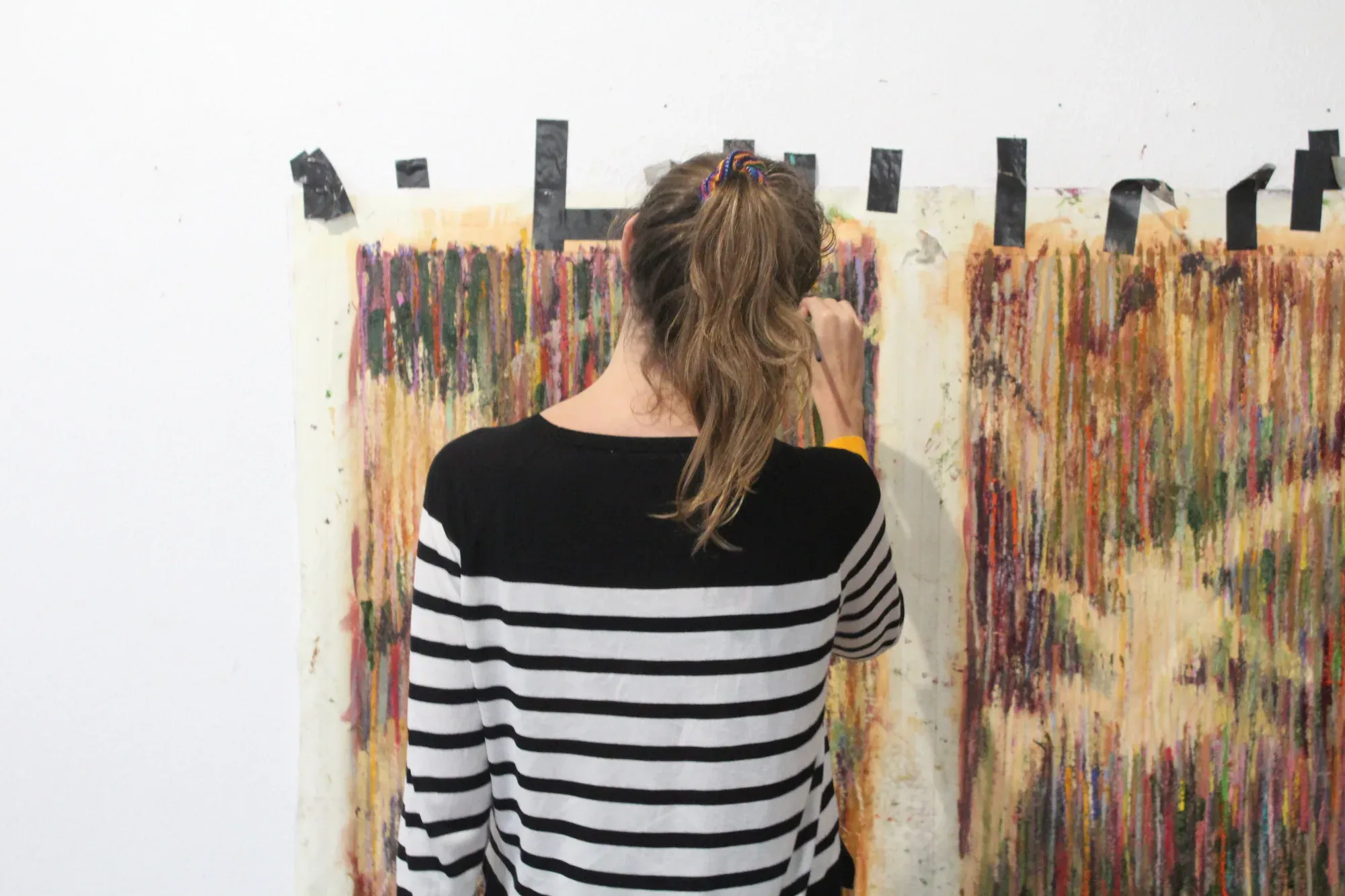
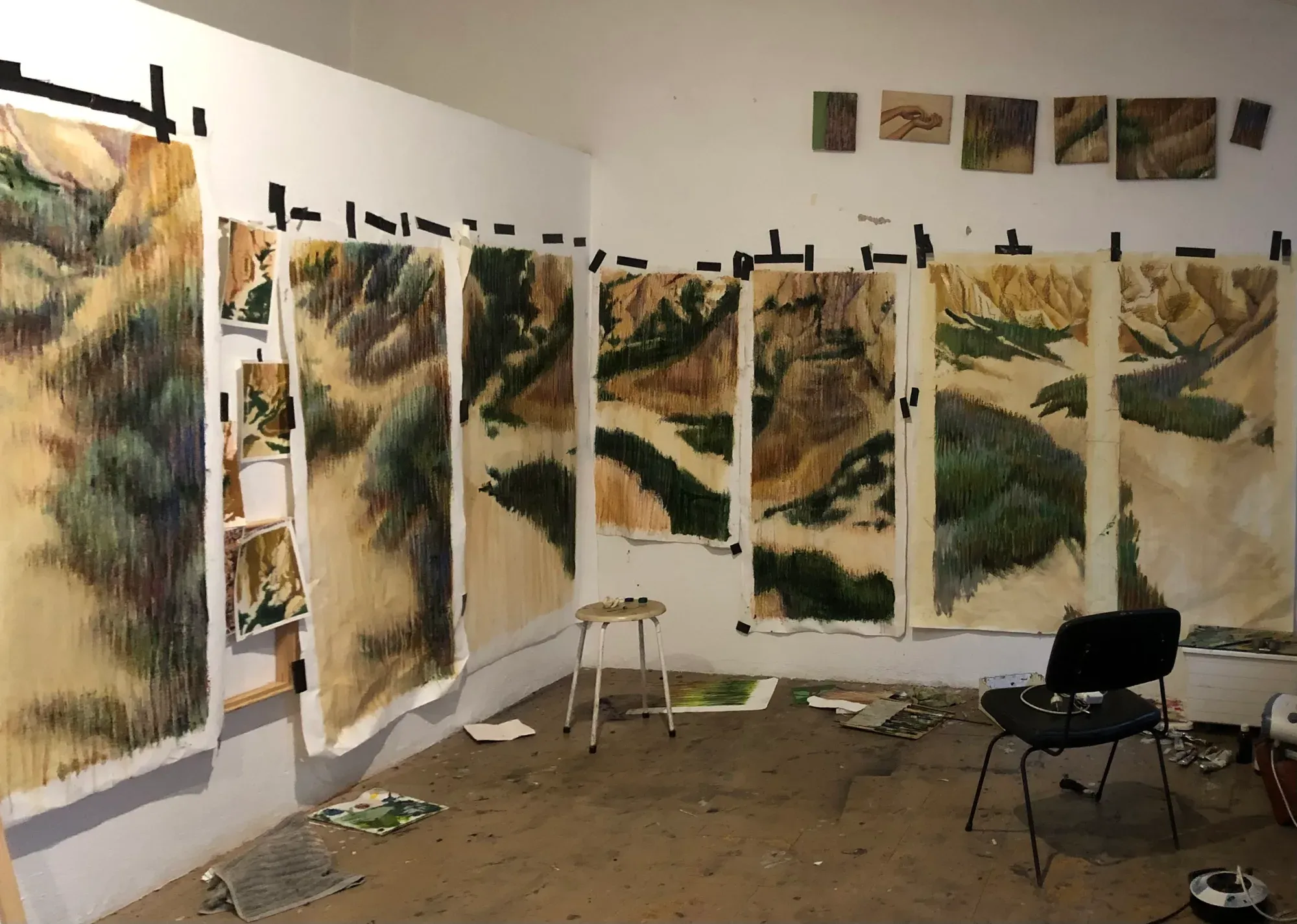
Stefanie Pullin in her Studio -> Courtesy and Permission by the Artist
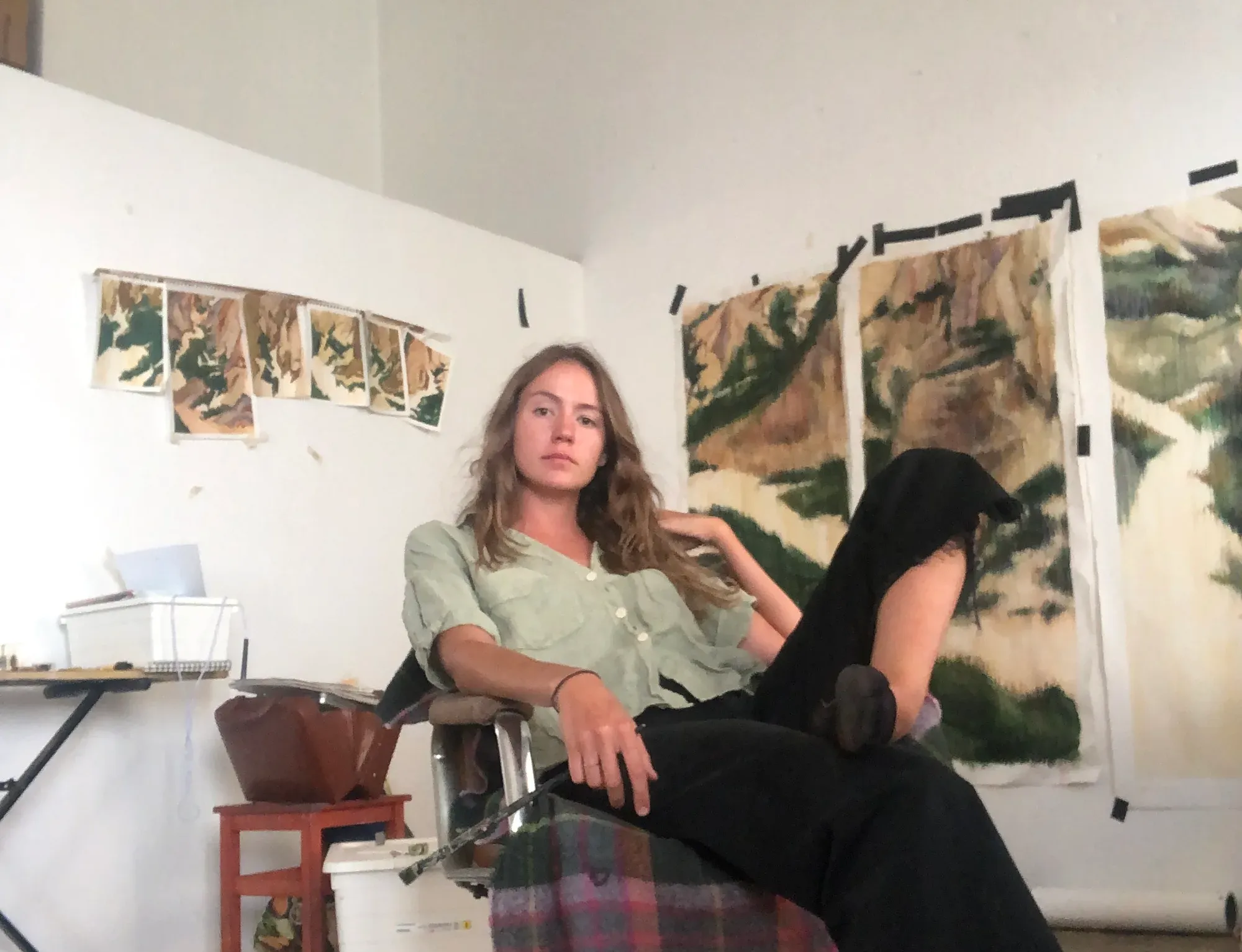
Painting the Space Between: What Makes Stefanie Pullin's Work So Resonant
Pullin’s studio practice, currently based in Lisbon’s contemporary art scene, is rooted in slow looking.
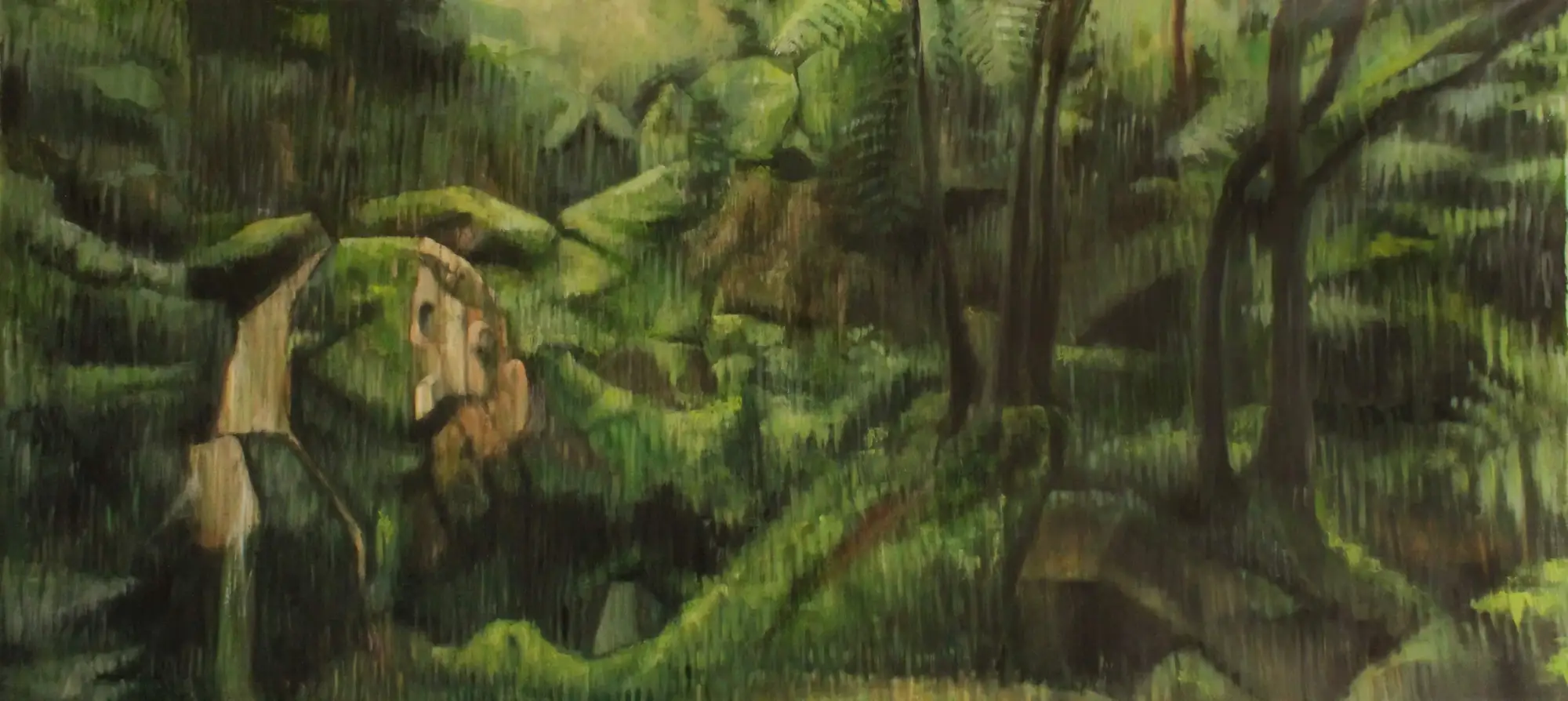
Her recent paintings, often large-scale and immersive, don’t reveal themselves easily.
“I’m not interested in recording what nature looks like—but in what emanates from it,” she says.
That quiet but radical intention runs through every brushstroke.
They shimmer somewhere between the figurative and the abstract: jungle flora, stone ruins, water surfaces, all rendered in painterly rhythms that mimic rainfall, erosion, and time.
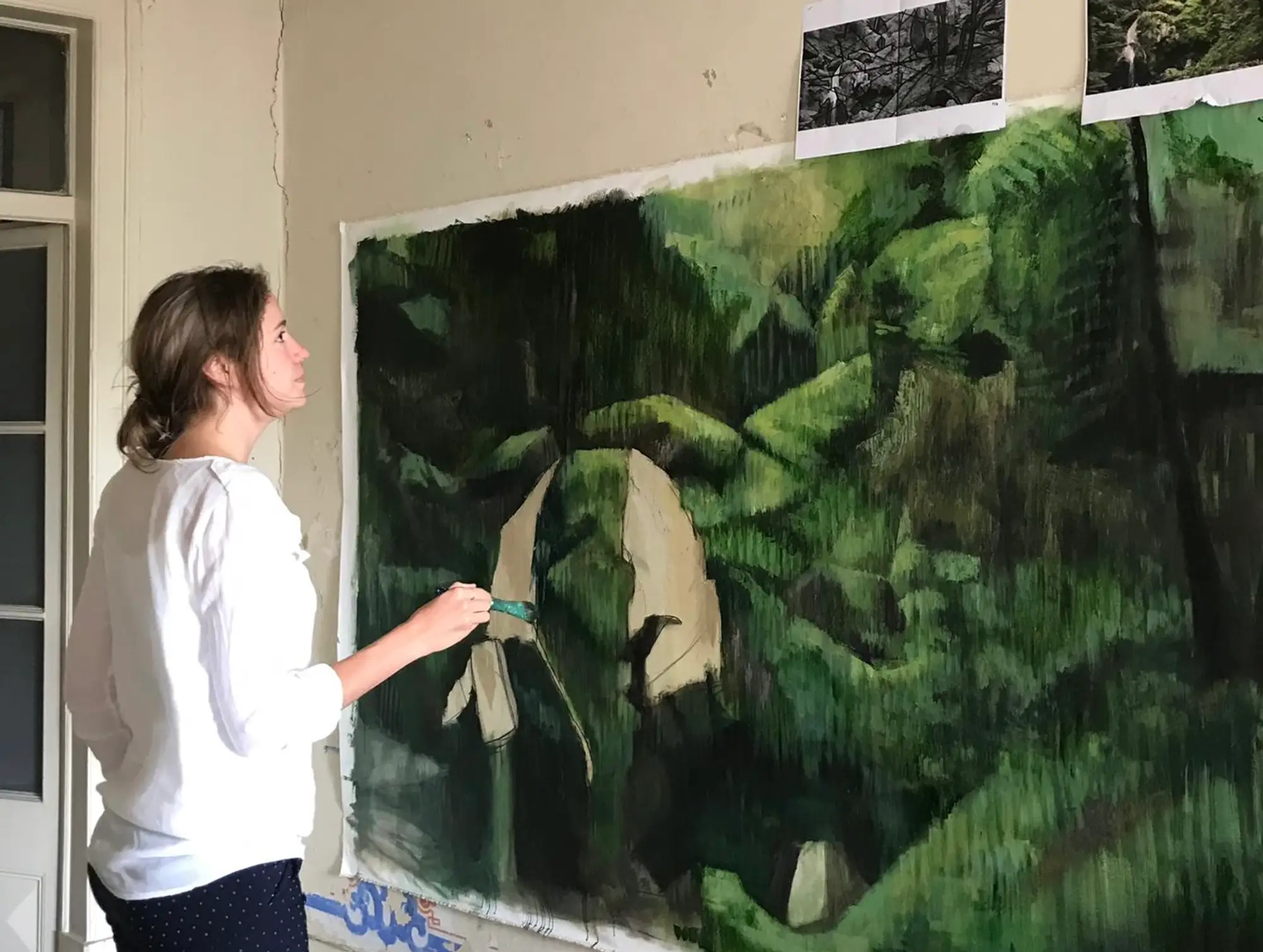
One canvas might show the ruins of a temple half-swallowed by green—evoking not just landscape, but Guatemala’s mythic geography.
Others highlight the texture of a forest or the stillness of water, never offering full narrative, always insisting on presence.
Lisbon’s Emerging Artists: Stefanie Pullin and the Art of Slowness
In a fast-paced global art market, where Lisbon has become a hub for international residencies and artist collectives, Pullin’s practice stands out for its resistance to spectacle. Her work doesn’t scream. It lingers.
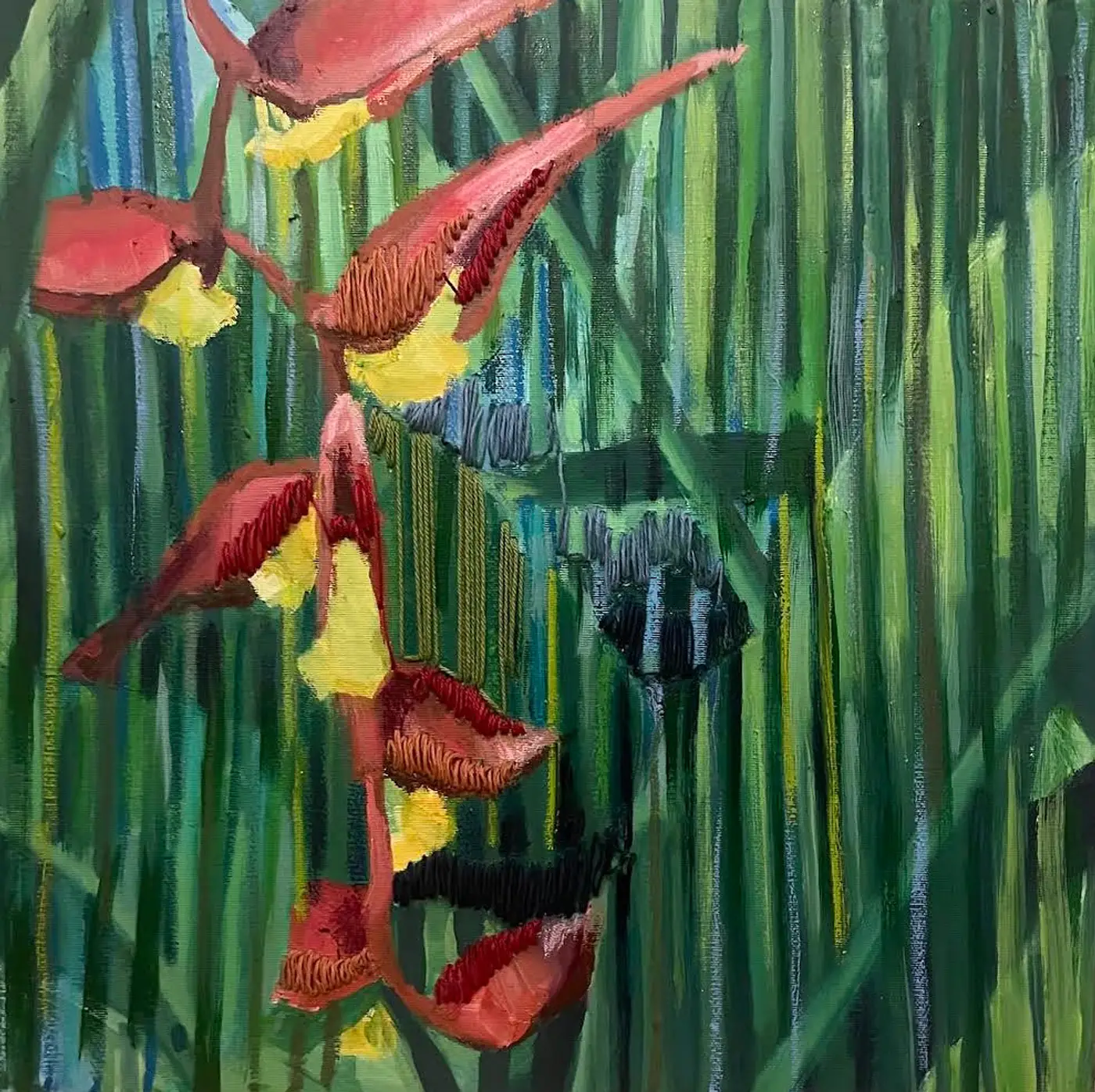
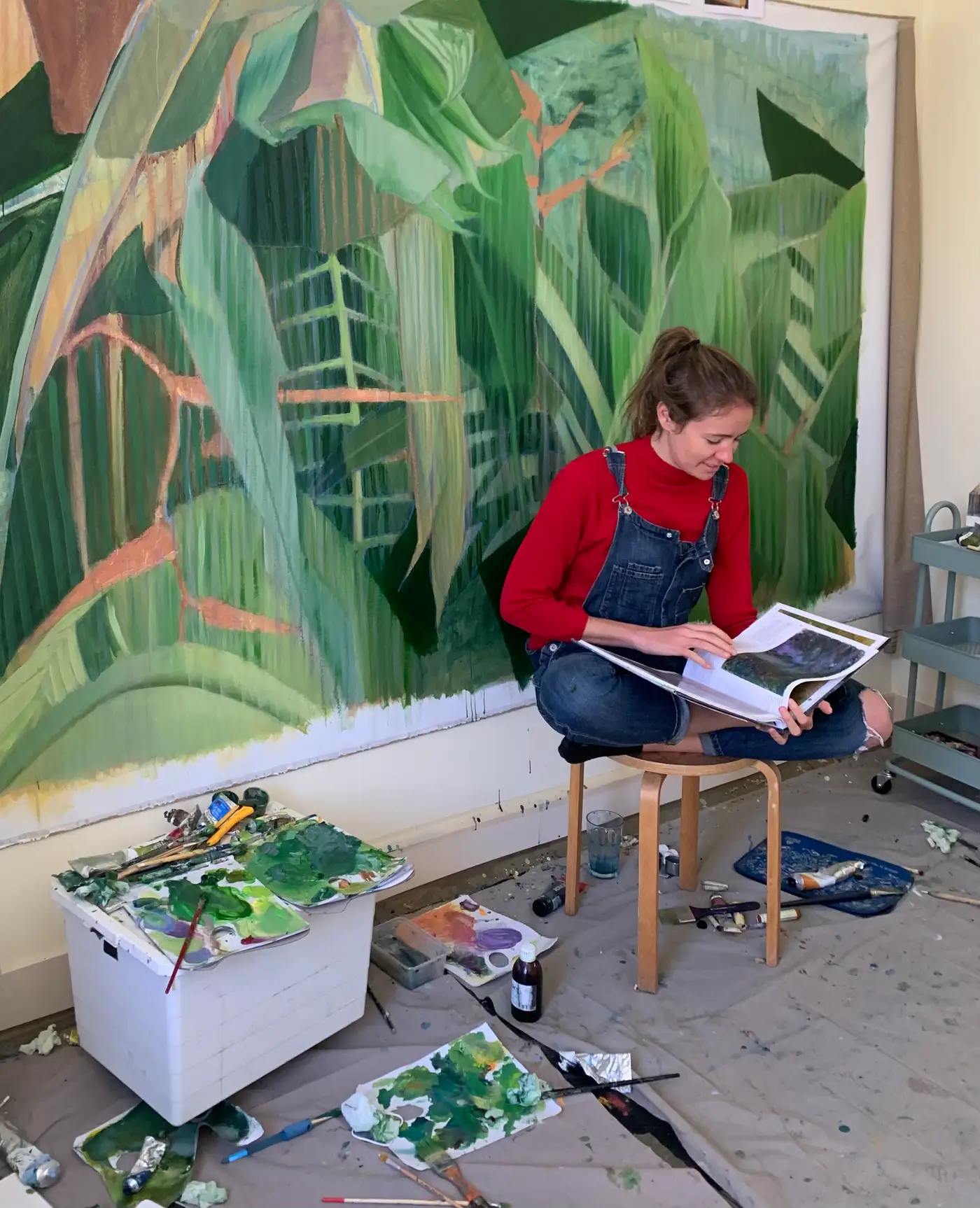
When the Jungle Becomes a Journal: Inside Pullin’s Lush Mindscape (right) Studio View by @hey_itsmanu
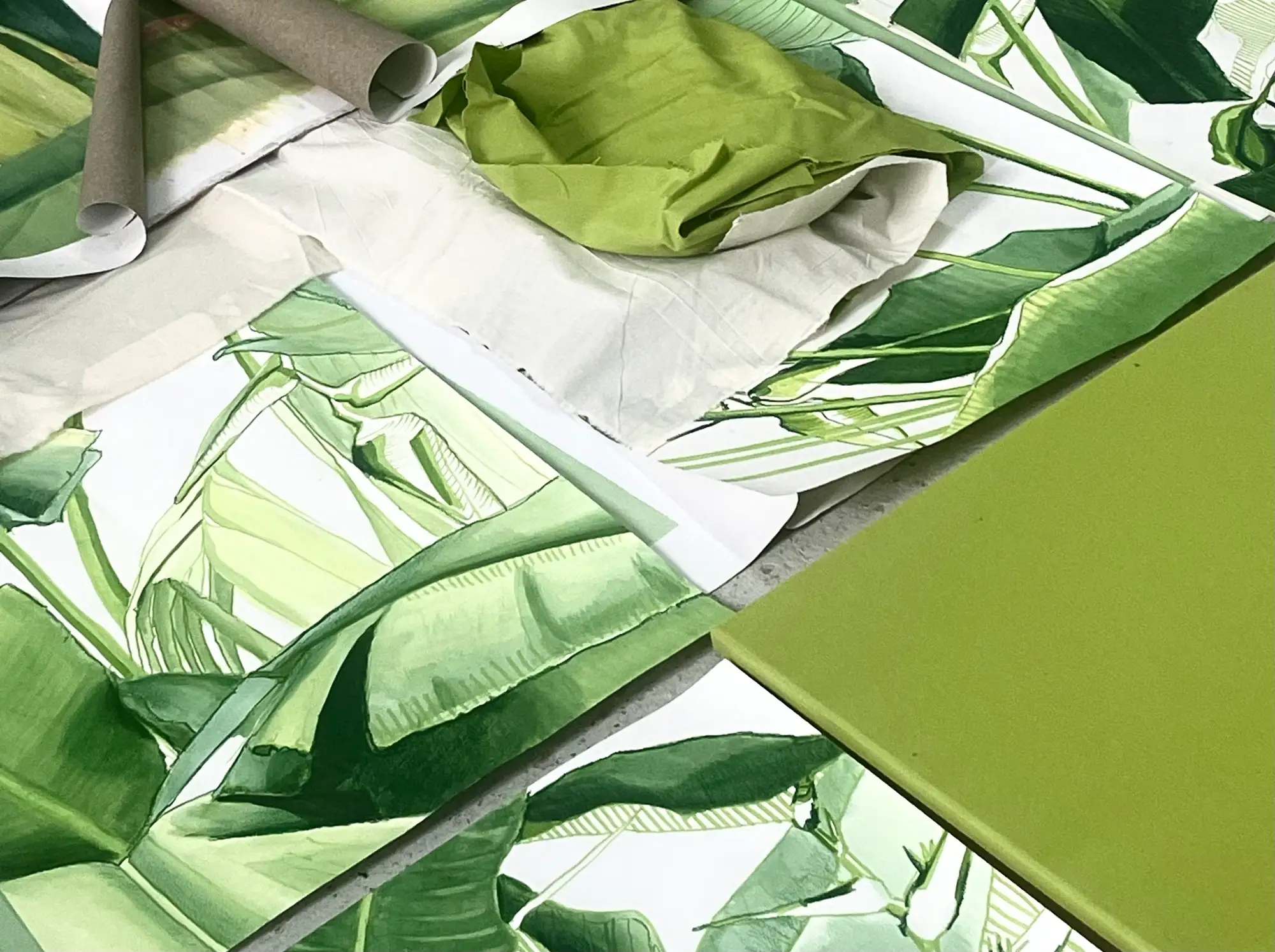
She paints not to decorate the natural world, but to engage with its profound contradictions: chaos vs. order, instinct vs. control, the numinous vs. the profane.
Her use of vertical brush marks, repetition, and semi-erased forms suggest memory, forgetting, and erosion—core themes in both contemporary eco-art and in Latin American visual traditions.
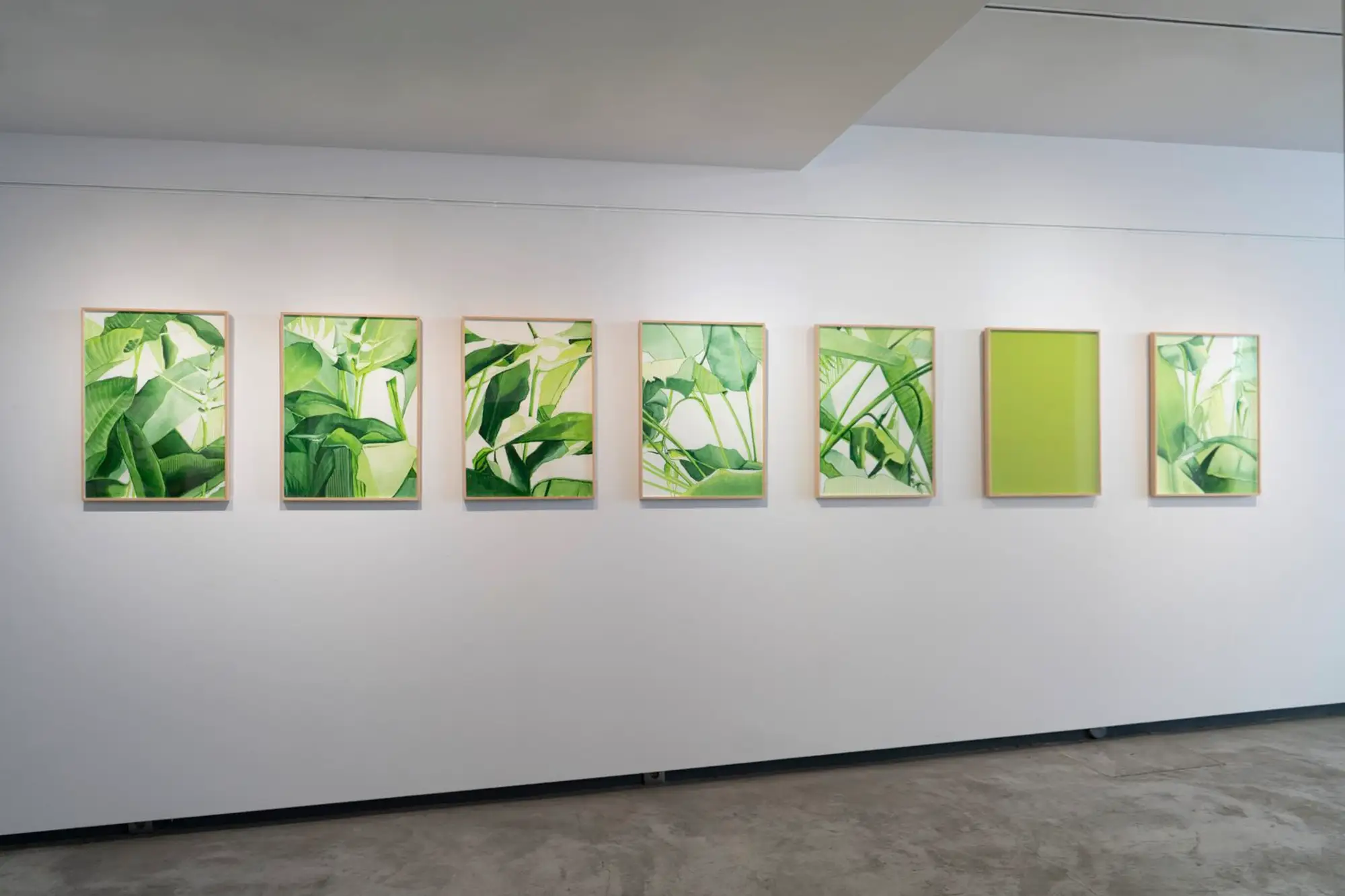

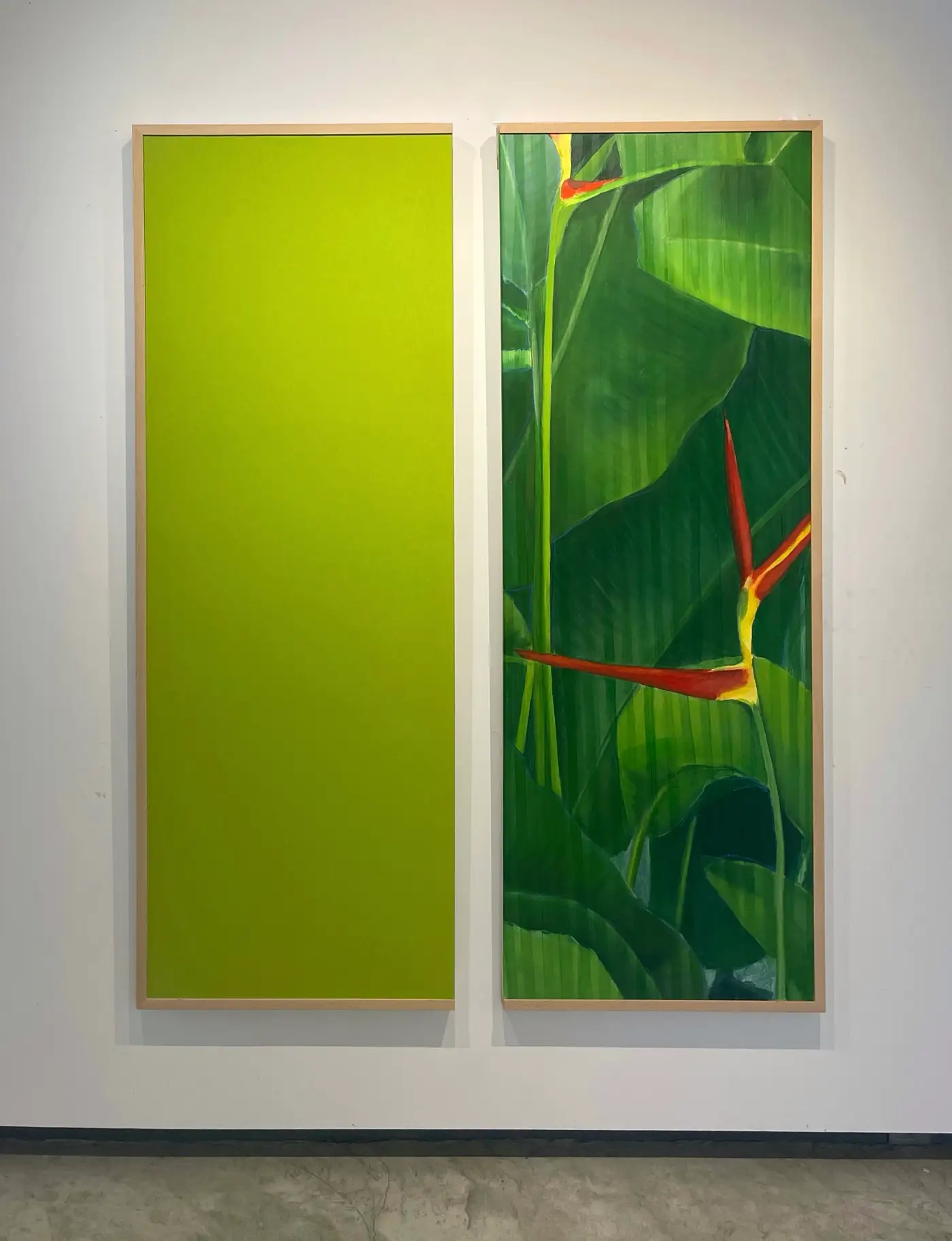
S/título (Untitled), Stefanie Pullin Mixed media on canvas, 144 × 155.5 cm "Being close to plants from their places of origin made them feel at home. It calmed them, consoled them, embraced them. Beyond the vibration of the vegetation, the temperature and humidity defied London’s climate—like a womb, a primal shelter for those tropical bodies..." Text by @cristianatejo | Image courtesy of Stefanie Pullin. Used with permission.
Her Lisbon-based installations often expand into three dimensions.
Archival tables, diagrams, field notes, and botanical sketches bring in a research-based practice that echoes both ethnography and poetry.
She invites you not only to look—but to inhabit the work.
Between the Real and the Imagined: Ecology in Contemporary Painting
What makes her work so emotionally compelling is how it balances conscious control with organic intuition.

She constructs through rhythm and color, allowing each piece to oscillate between clarity and mystery. Pullin’s paintings don’t flatter—they confront.
"Her canvases feel like rituals disguised as landscapes. They aren’t just painted—they’re conjured." — curator note
She has exhibited widely—from Lisbon and Oporto to Paris, Málaga, and Guatemala City—but her studio remains a site of introspection.
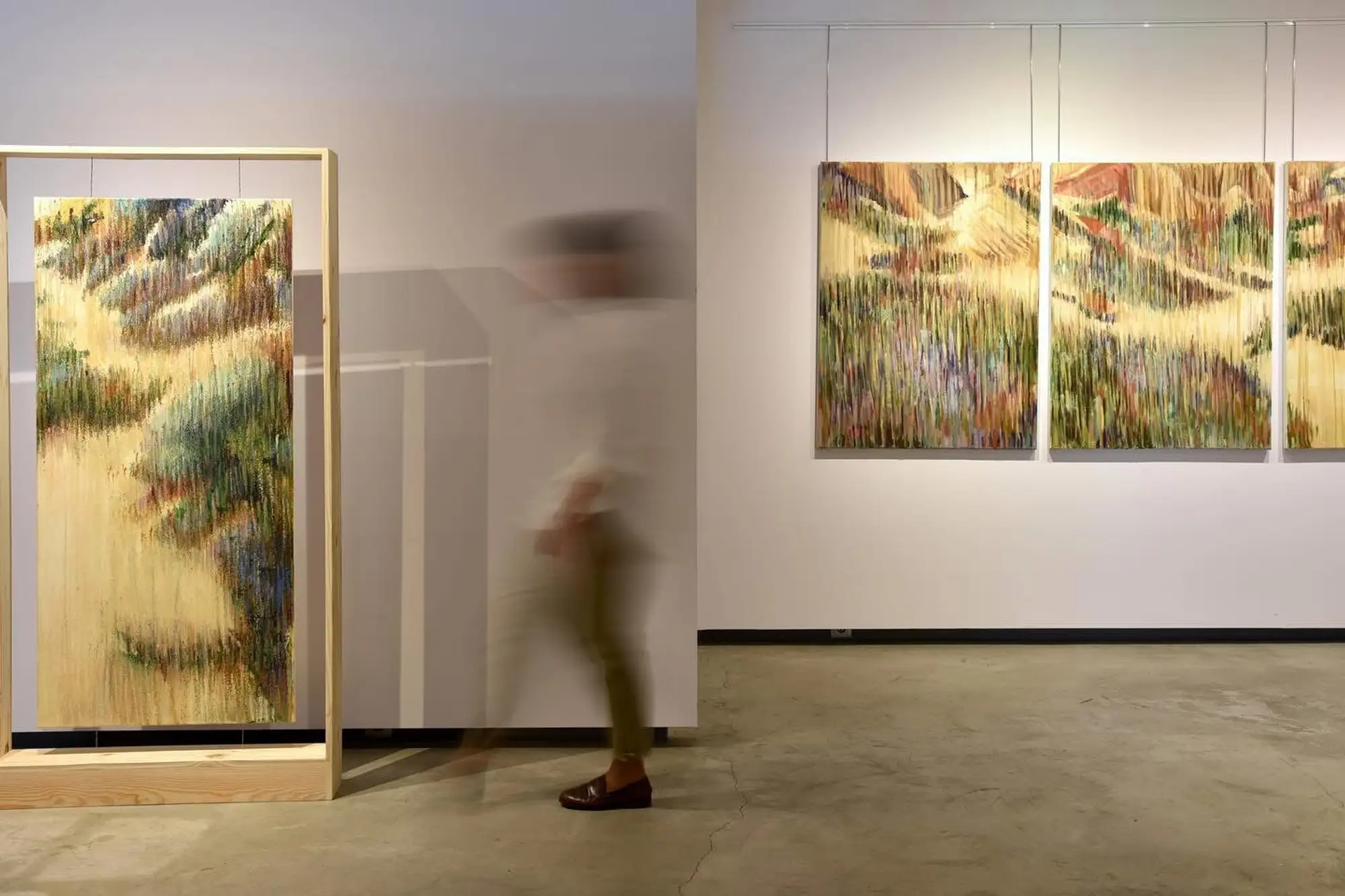
Her painting process is tactile, messy, research-driven, and unusually committed to slow, intentional making.
Expanded Themes in Stefanie Pullin’s Work
Nature as sentience, not scenery
She paints the forest not as a view—but as a force watching back.
Perception as ritual
Her work explores the difference between looking, and truly seeing—where observation becomes reverence.
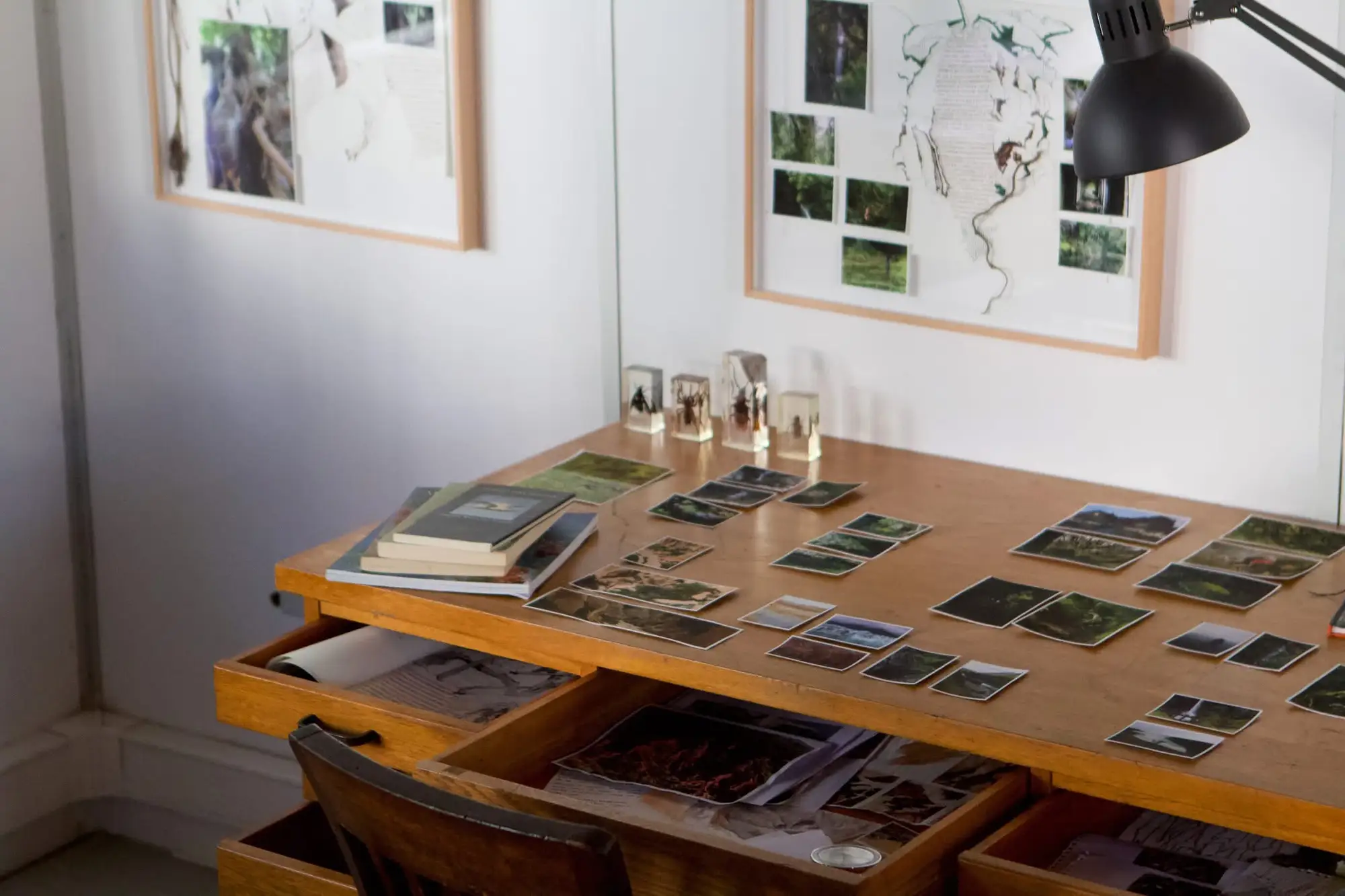
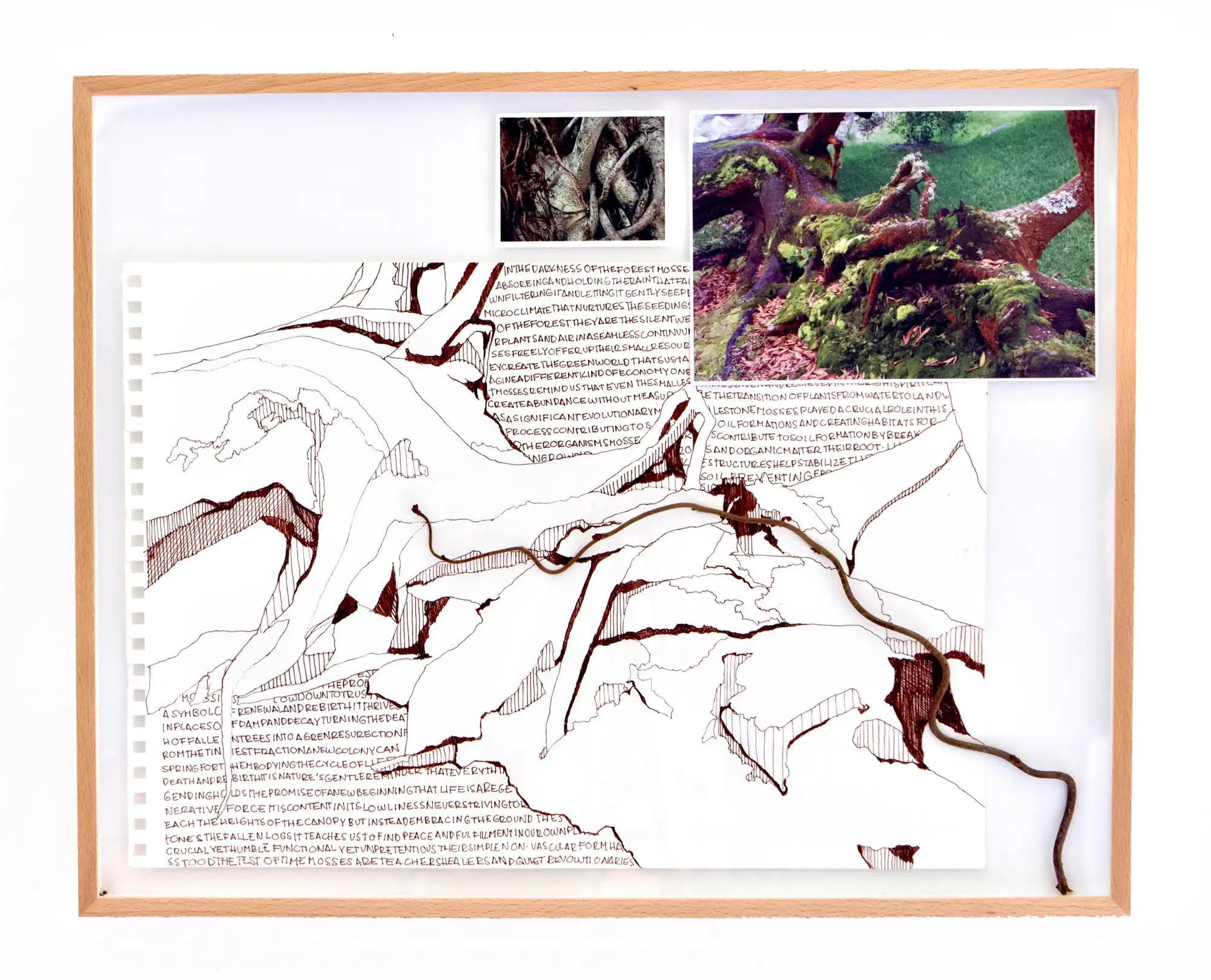
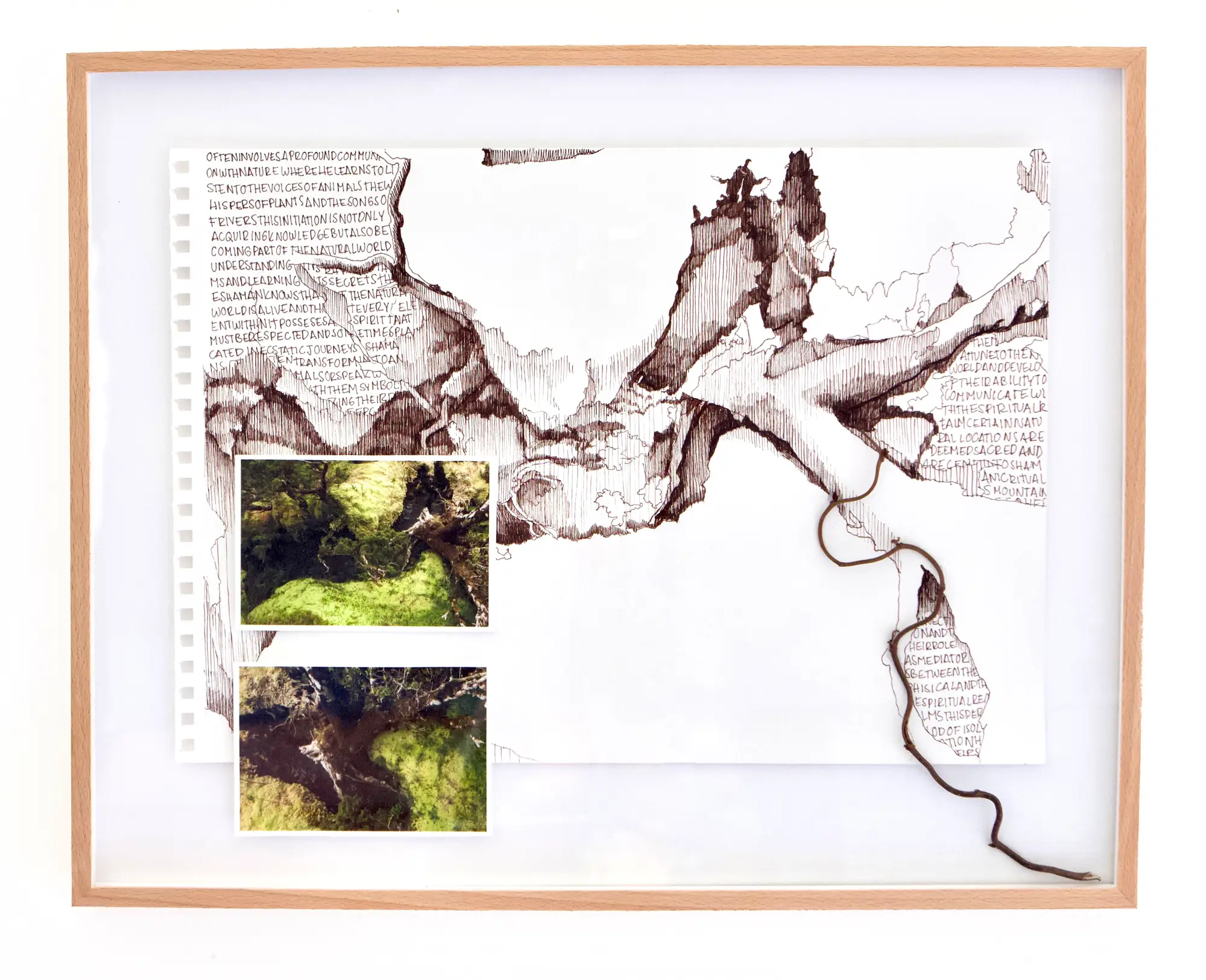
From Stefanie Pullin´s Project: “Travel Journal: Paths and Patterns” Image and text courtesy of the artist Stefanie Pullin. Used with permission + @martimdiasramos
Ecology as memory site
Each layer suggests how nature stores time: decay, erosion, overgrowth as visual language.
The sacred as subtle resistance
Against speed, clarity, and surface—her art offers quiet, slowness, and the ineffable.
Presence as disruption
Human presence isn’t neutral—it alters, scars, rearranges. Her paintings trace that tension.
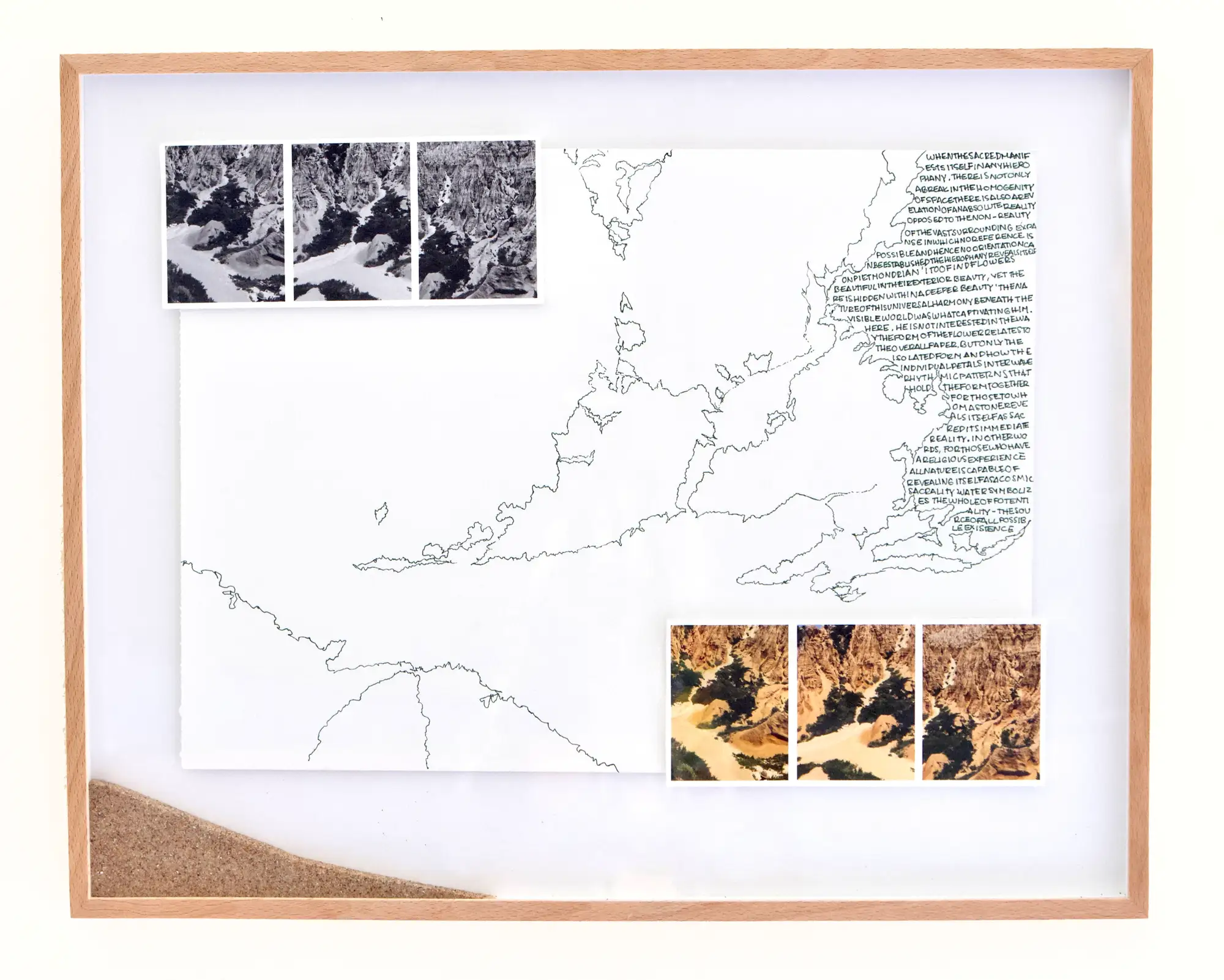
Painting as threshold
Not representation, but a liminal space—between the visible and the intuited, the natural and the mythic.
Instinct vs. reason as aesthetic method
She navigates compositional tension between control and spontaneity, ritual and chaos.
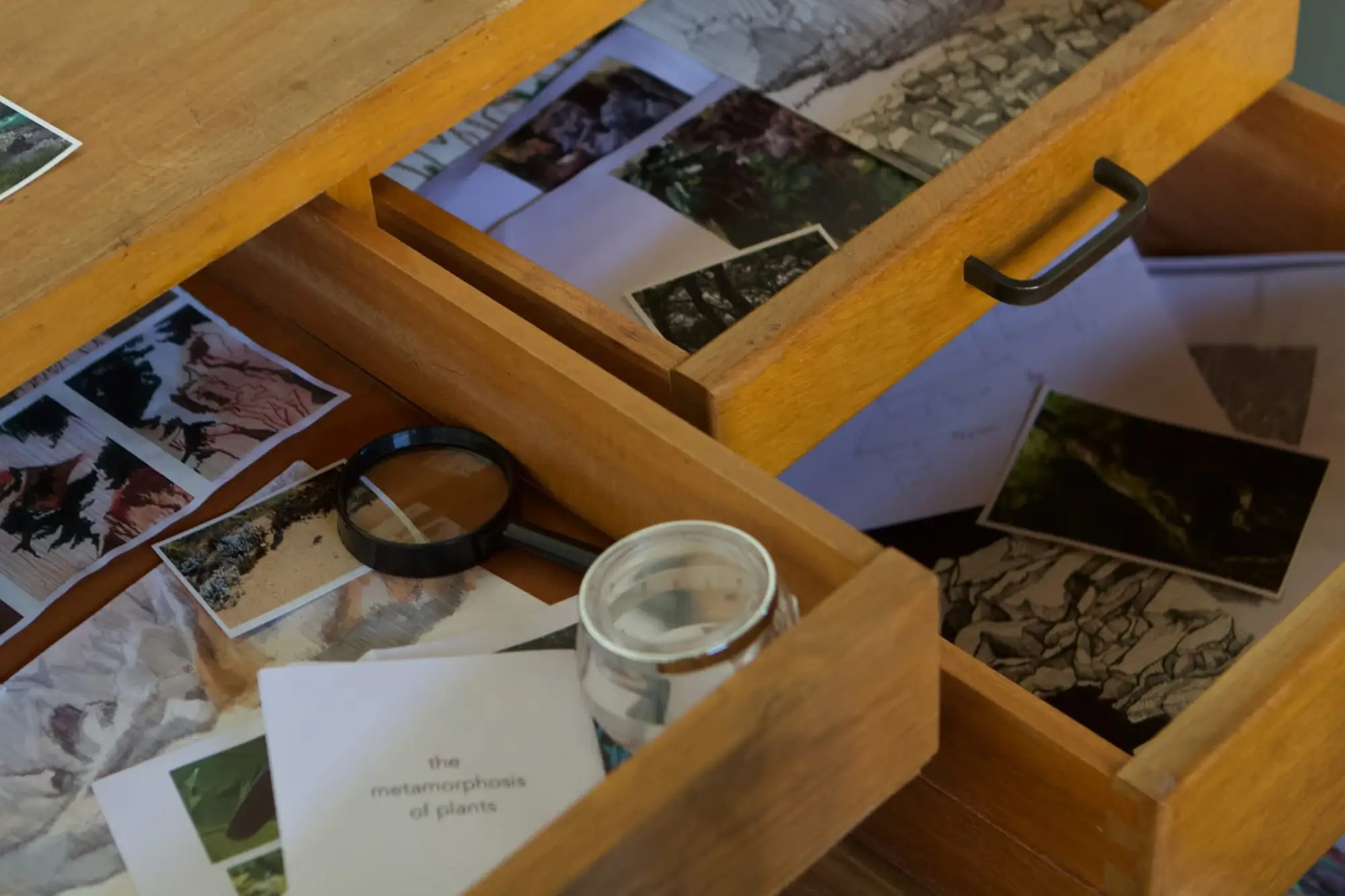
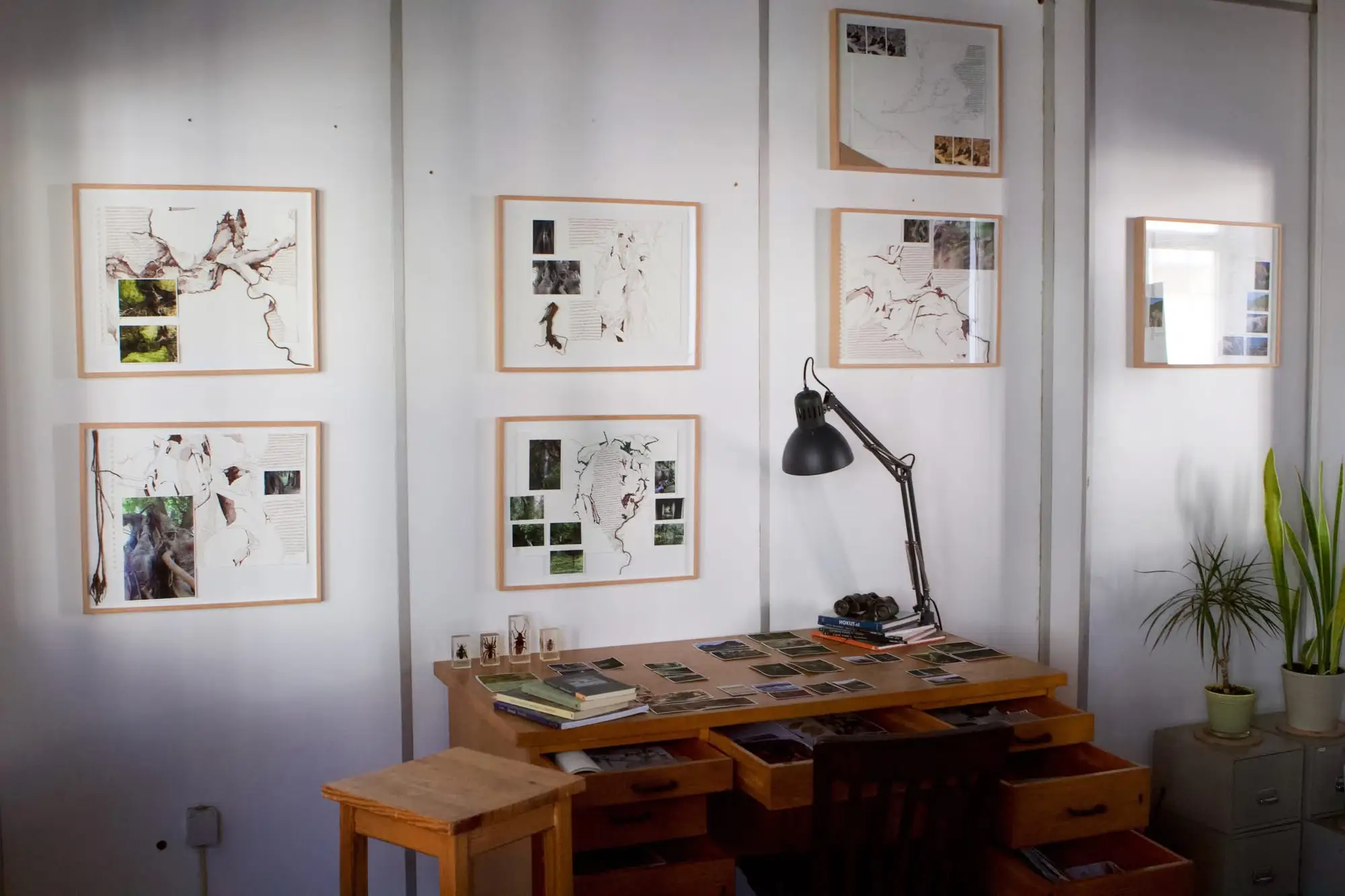
The ephemeral as form
Pullin’s images are deliberately unstable—haunted by what disappears as much as what remains.
Artist Statement: The Invisible Currents of Stefanie Pullin’s Practice
“It is through her wandering experiences, the mental images given by her thoughts and the photographs of certain details and organic motifs that Stefanie Pullin creates.
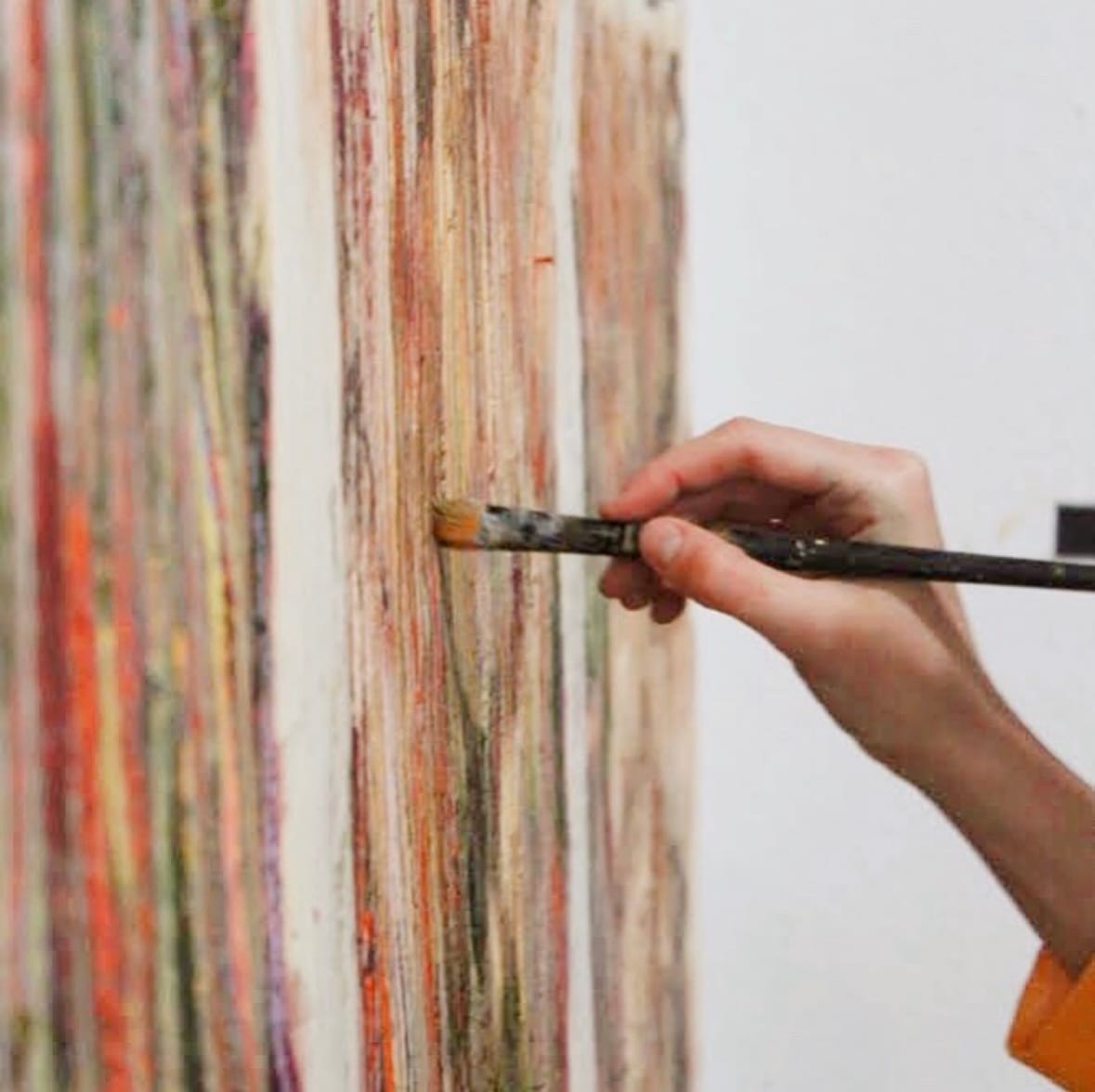
Trying to understand the natural world, how we modify it by making ourselves present, occupying space, destroying and building; or what role instinct and feeling play in relation to reason, are some of the features that define her research.”
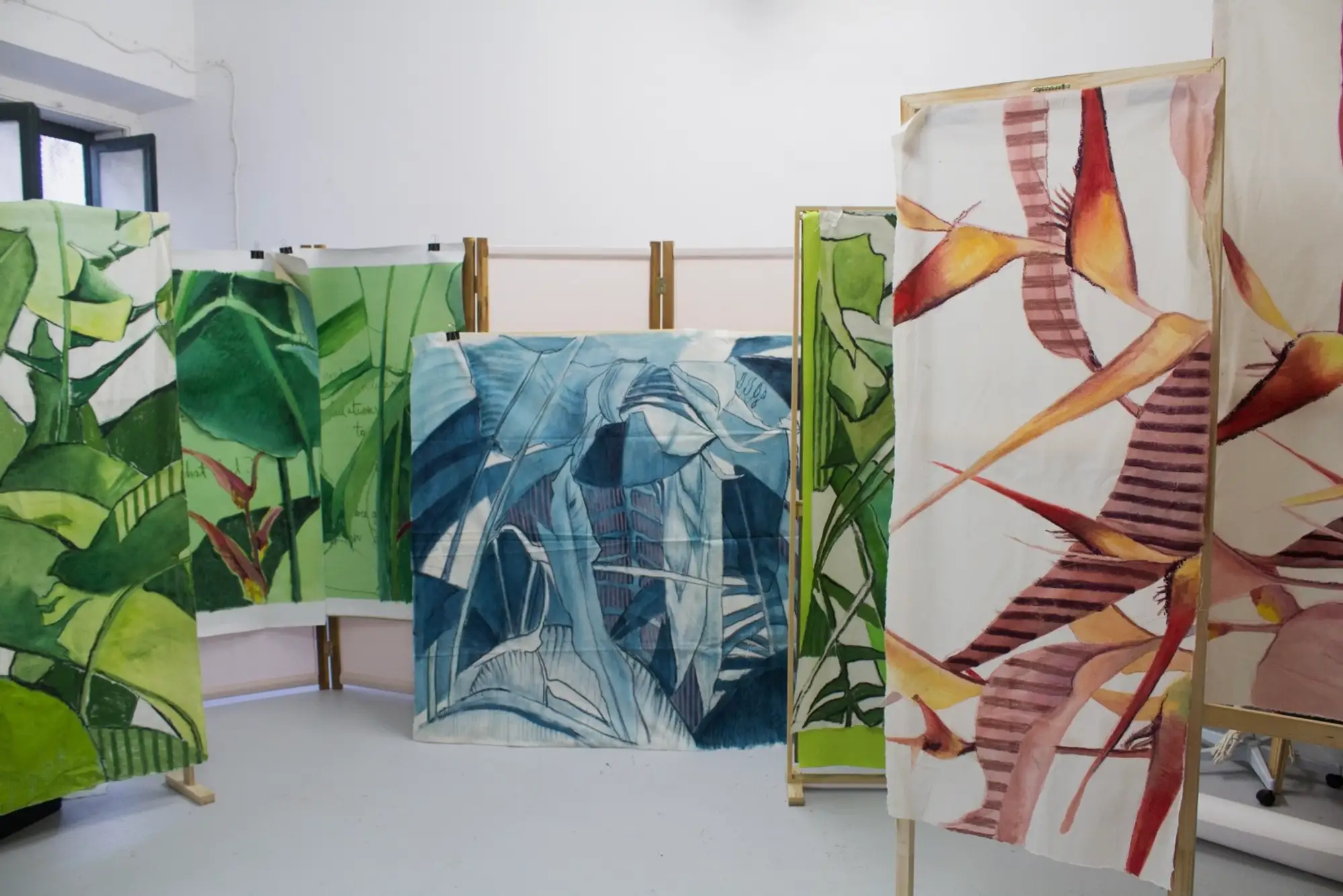
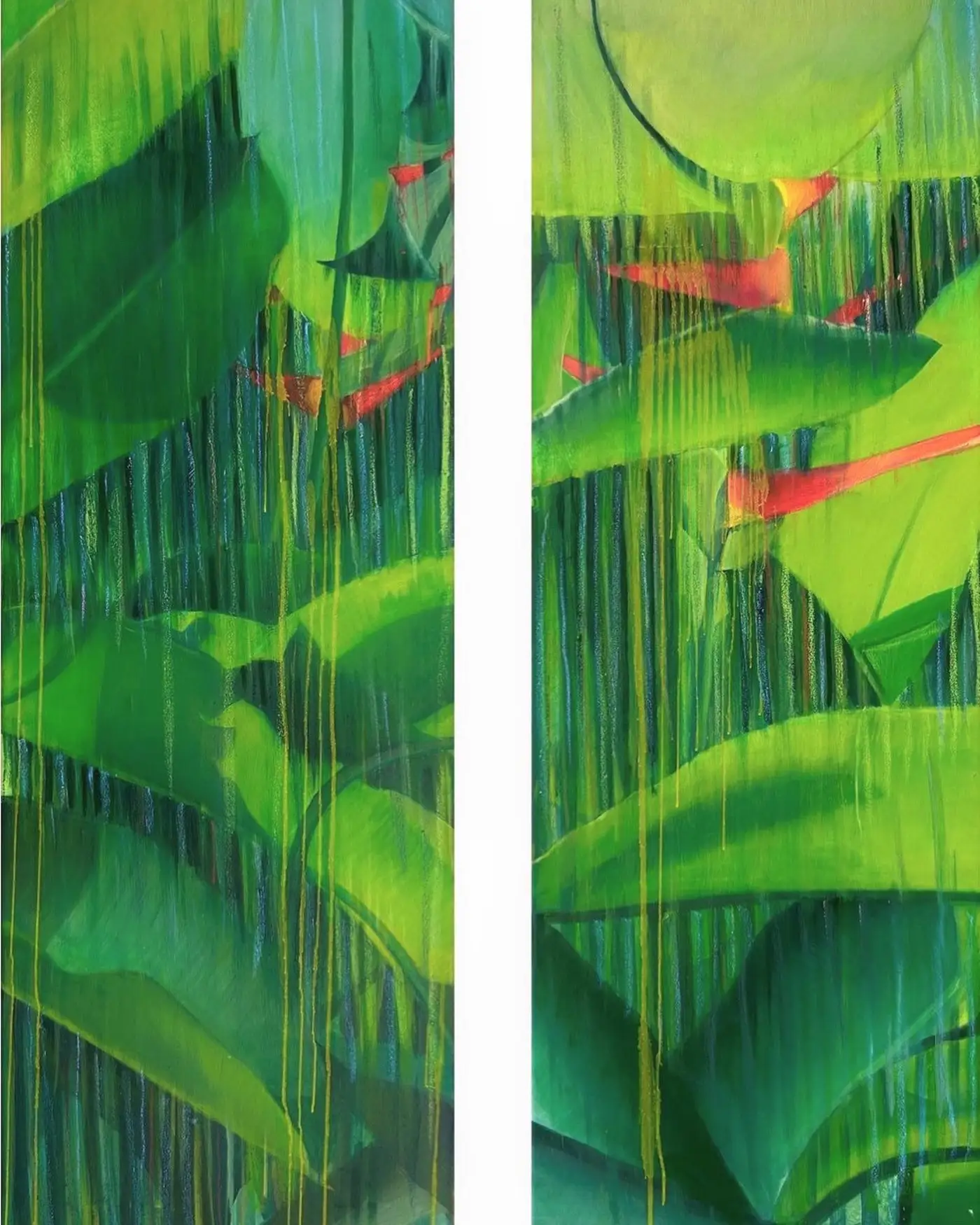
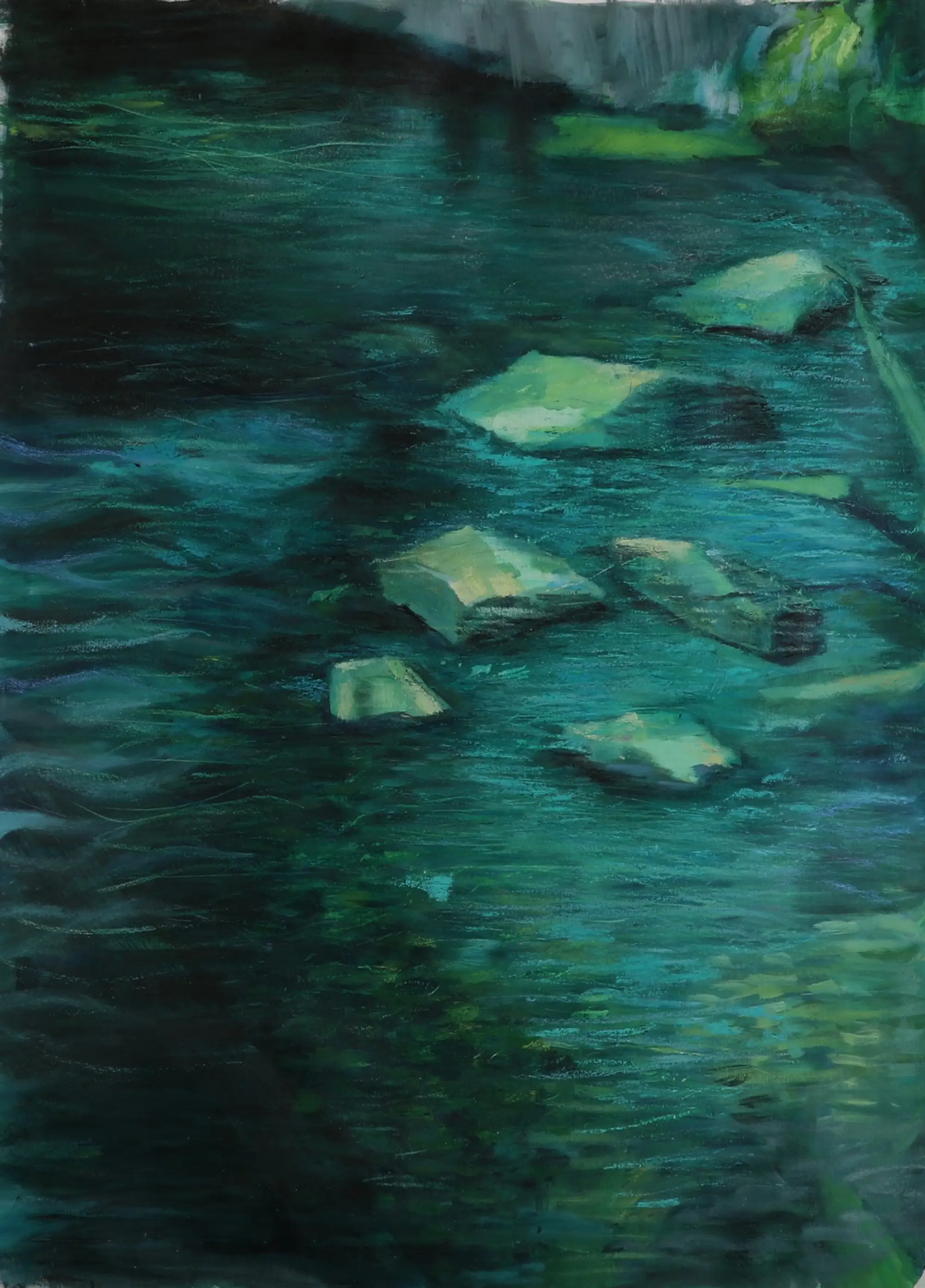
Stefanie Pullin -> Detail of her paintings Image courtesy of the artist
“Her works explore the knowing how to see and knowing how to look… in a sensible search for the boundaries between the spiritual and the profane; order and chaos; consciousness and instinct.”
Pullin’s work, ultimately, opens a space for reflection—on ecology, memory, and perception. In a world oversaturated with images, her art asks us to pause. To wonder. To remember how to feel awe.
✨ Follow Stefanie Pullin on Instagram to trace the evolution of her jungle-lit worlds — and step deeper into her work via her website.
Let the stillness pull you in.
More Landscape Artists on Munchies Art Club
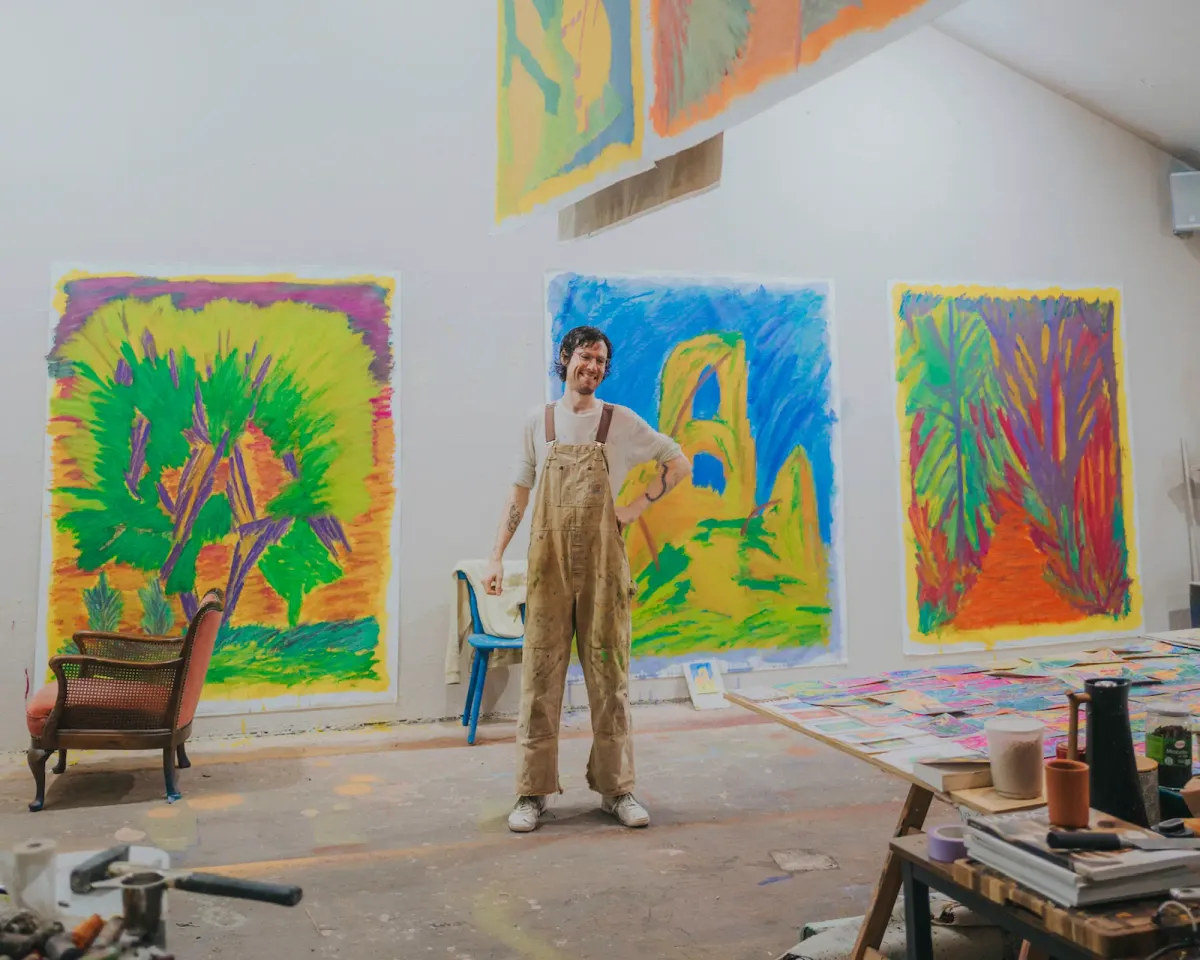
David Hanes - Landscape
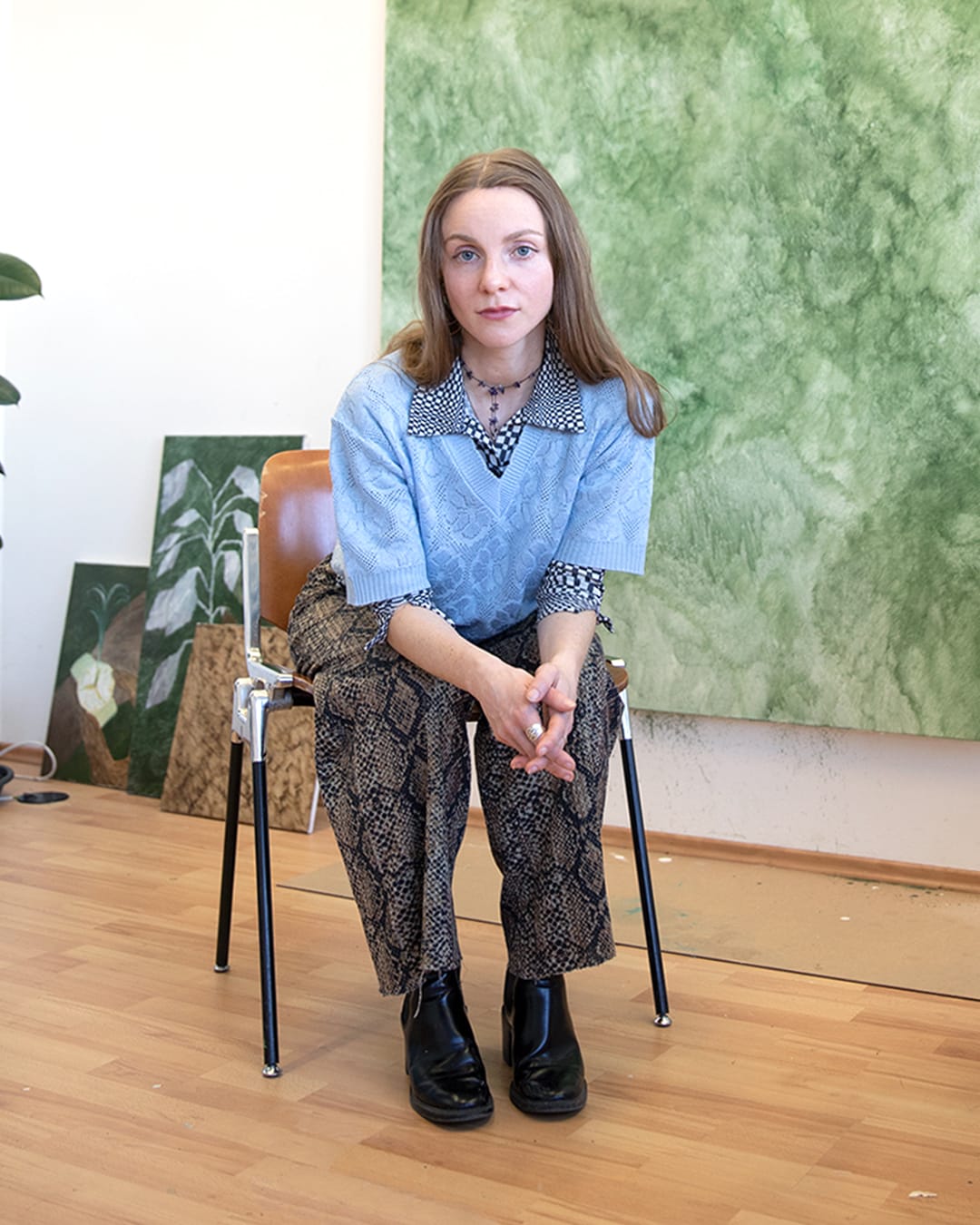
Barbara Tunkowitsch - on Landscape
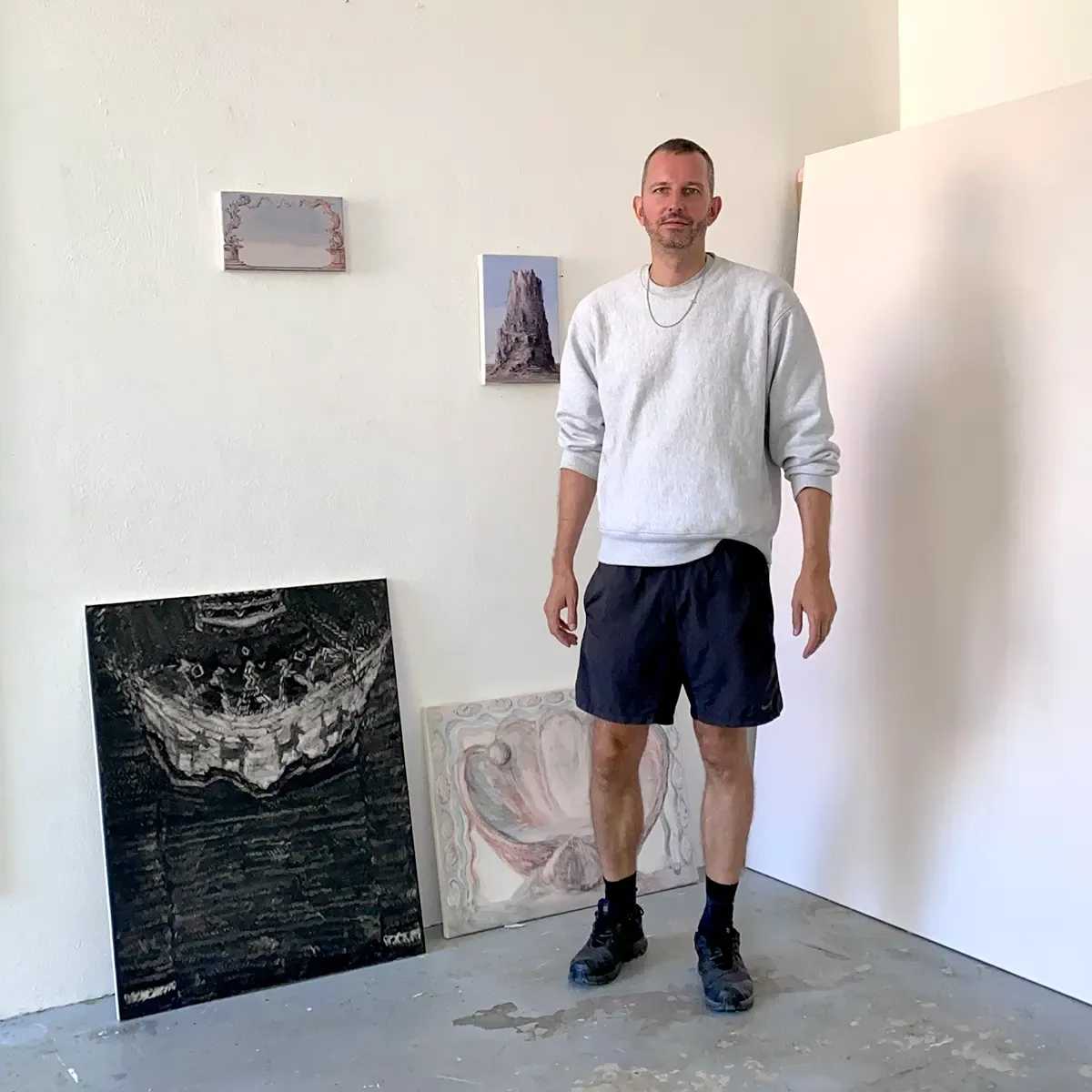
Tom Messavilla -
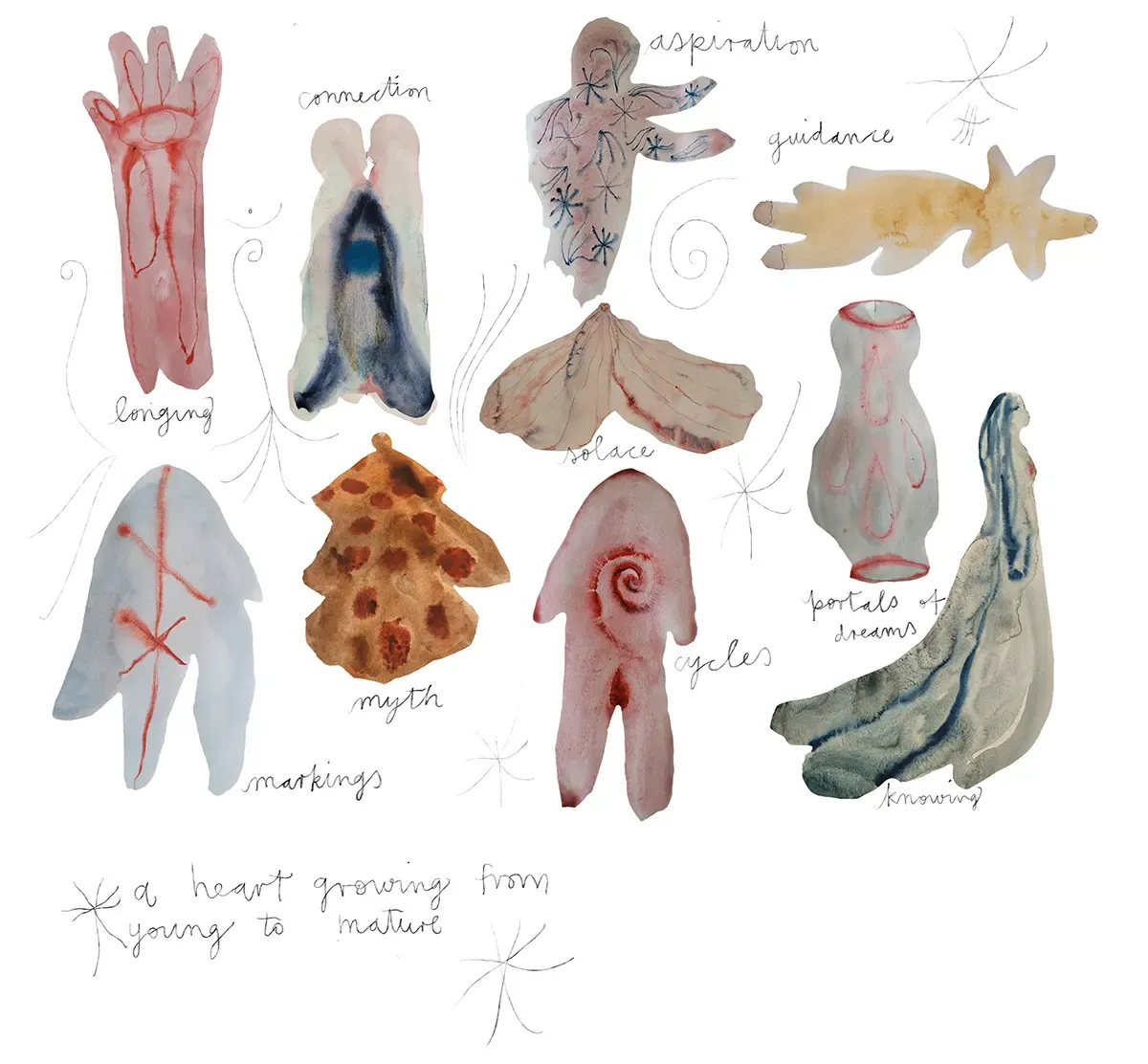
Joana Bernd - collaborating with nature

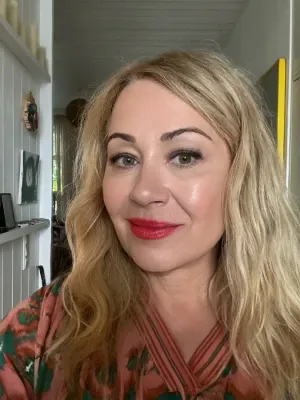
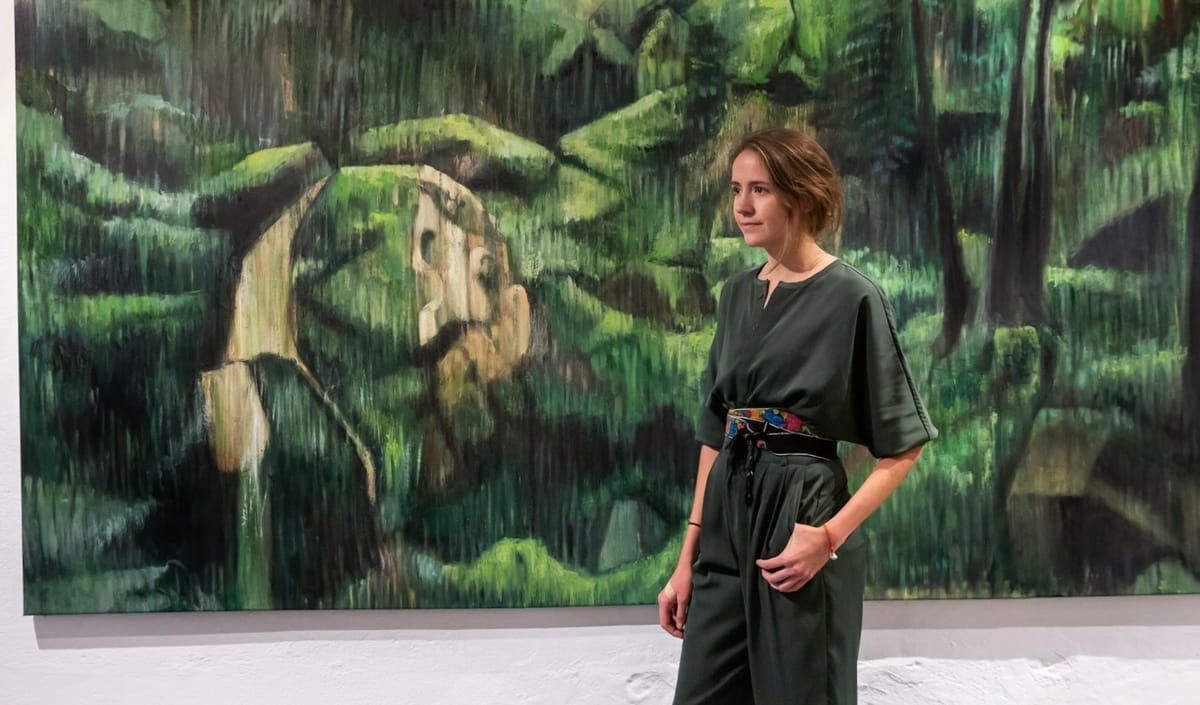






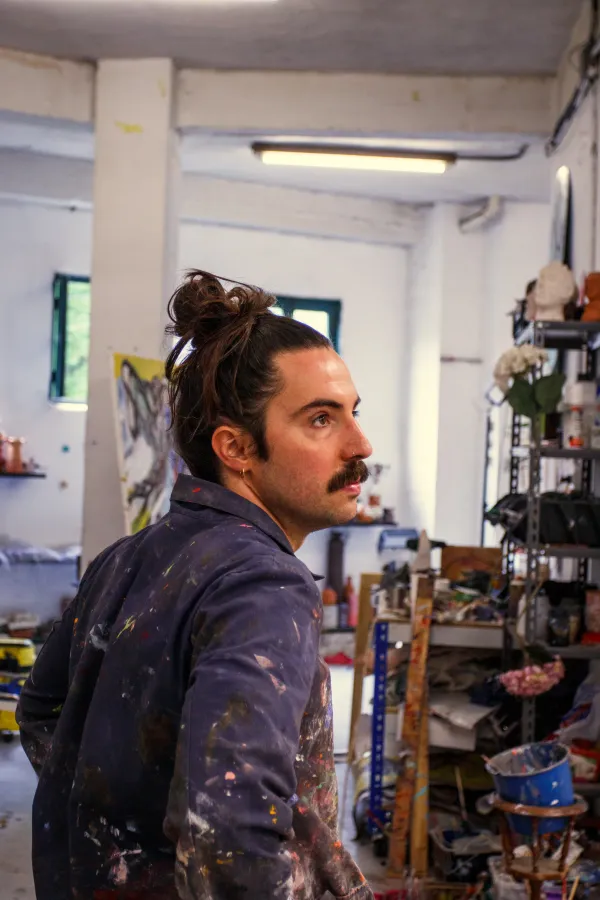
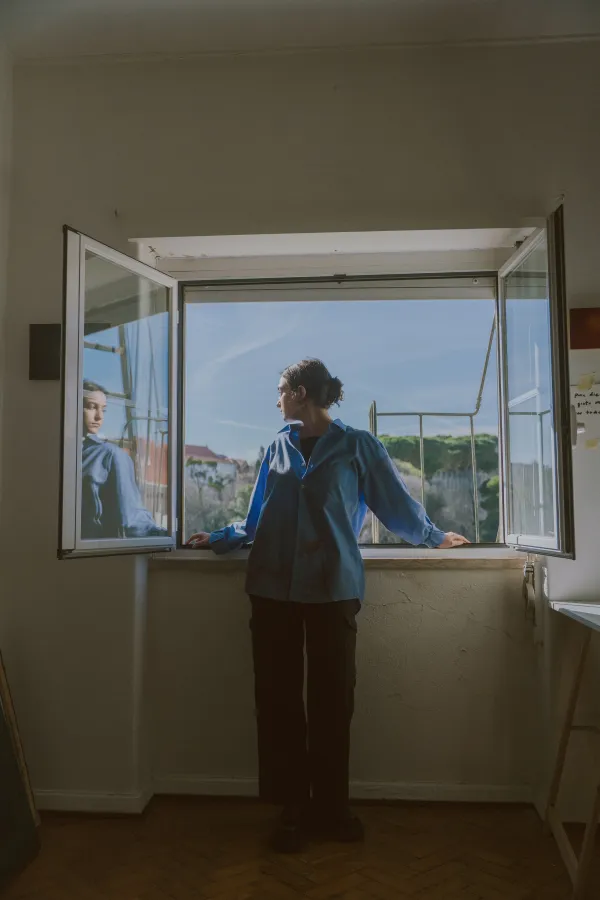
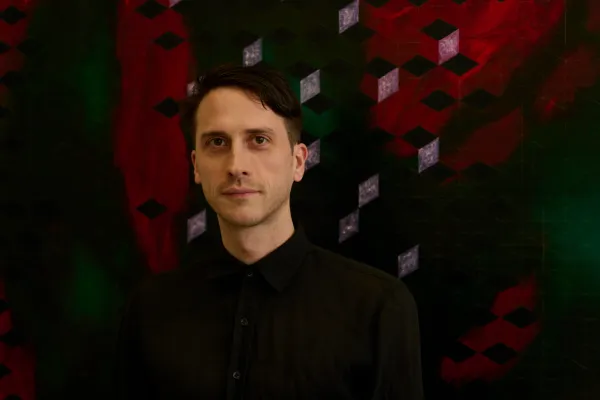

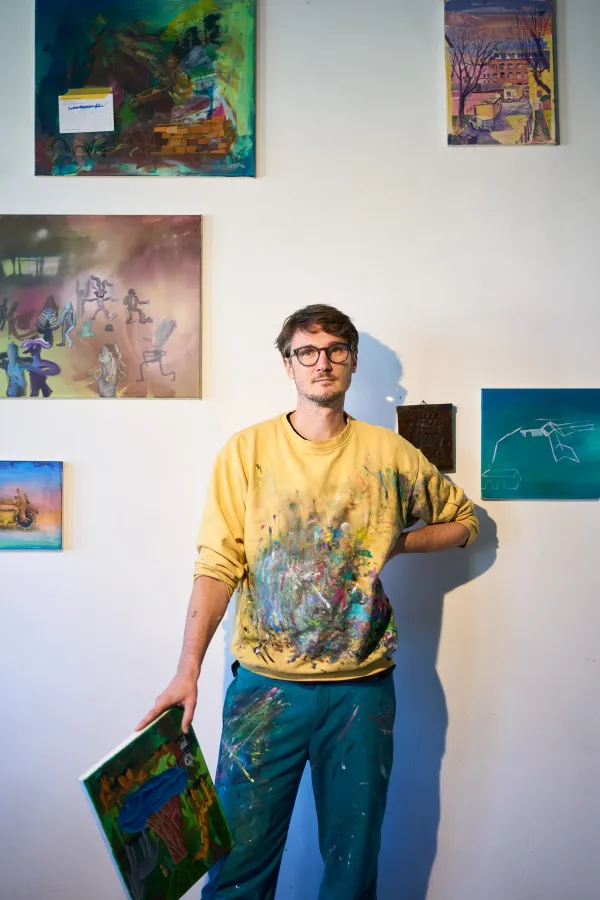
Member discussion